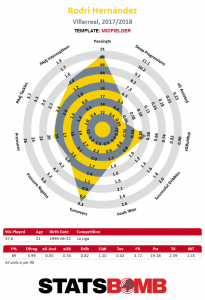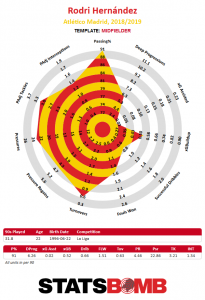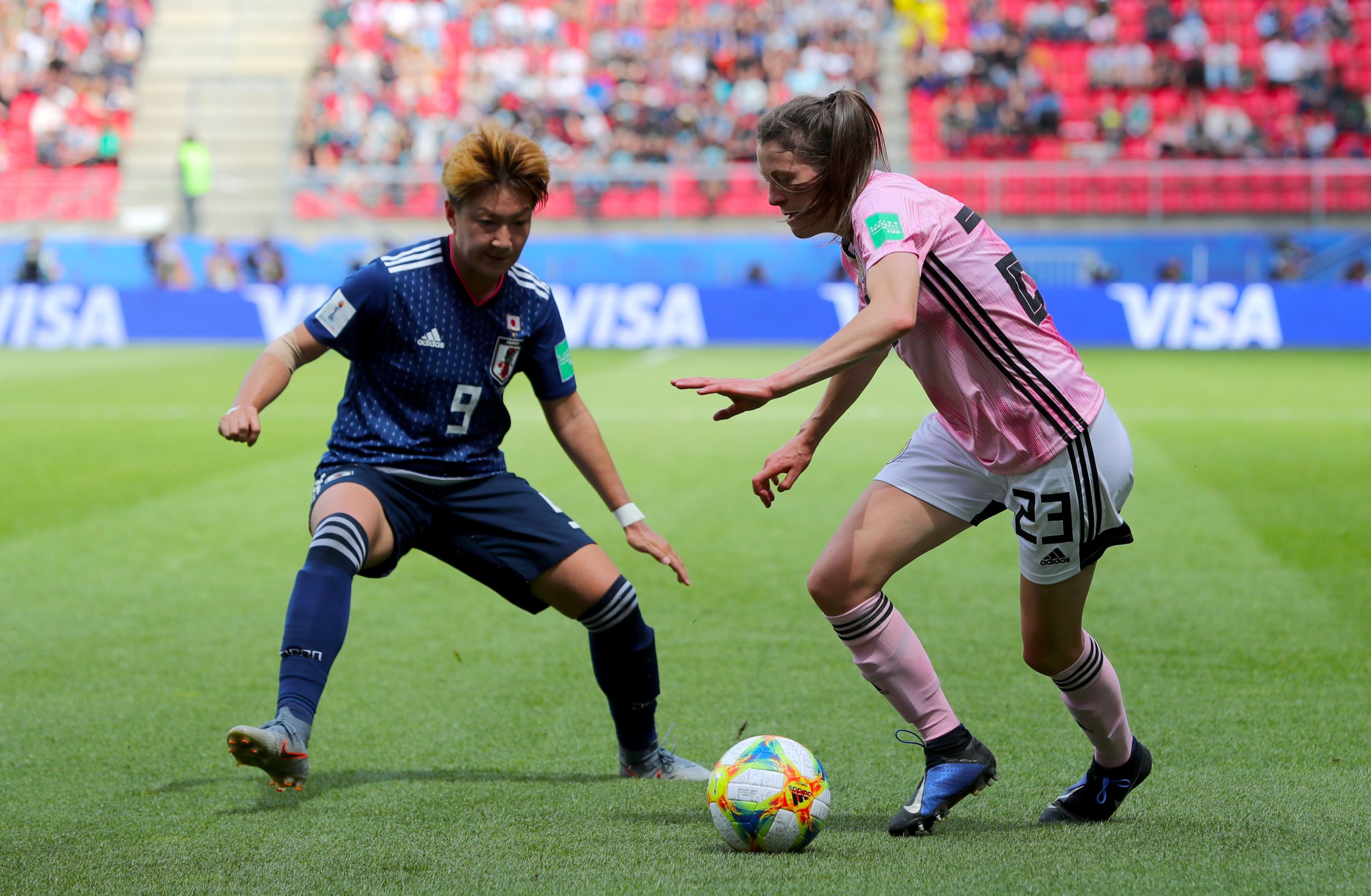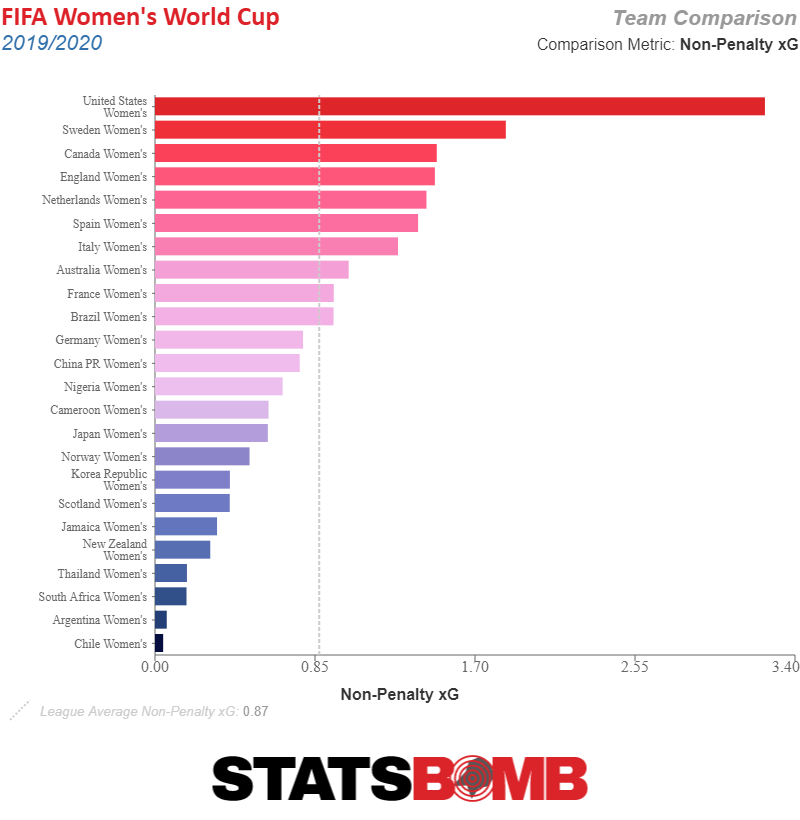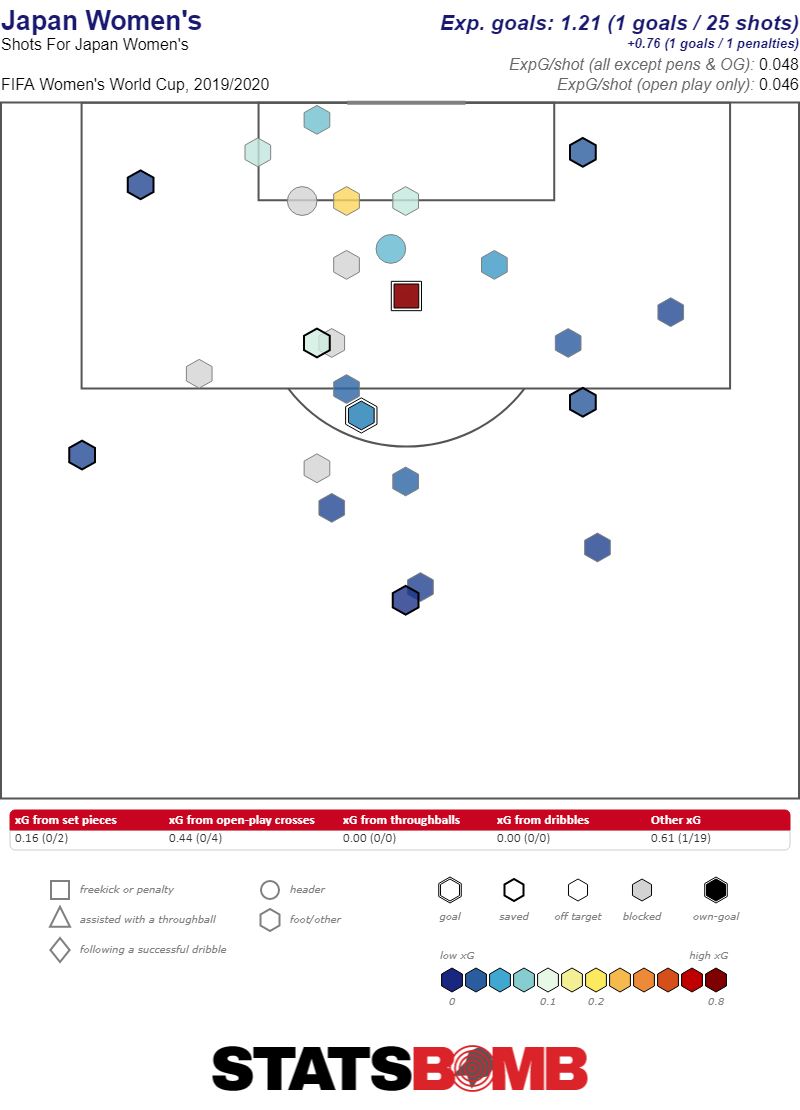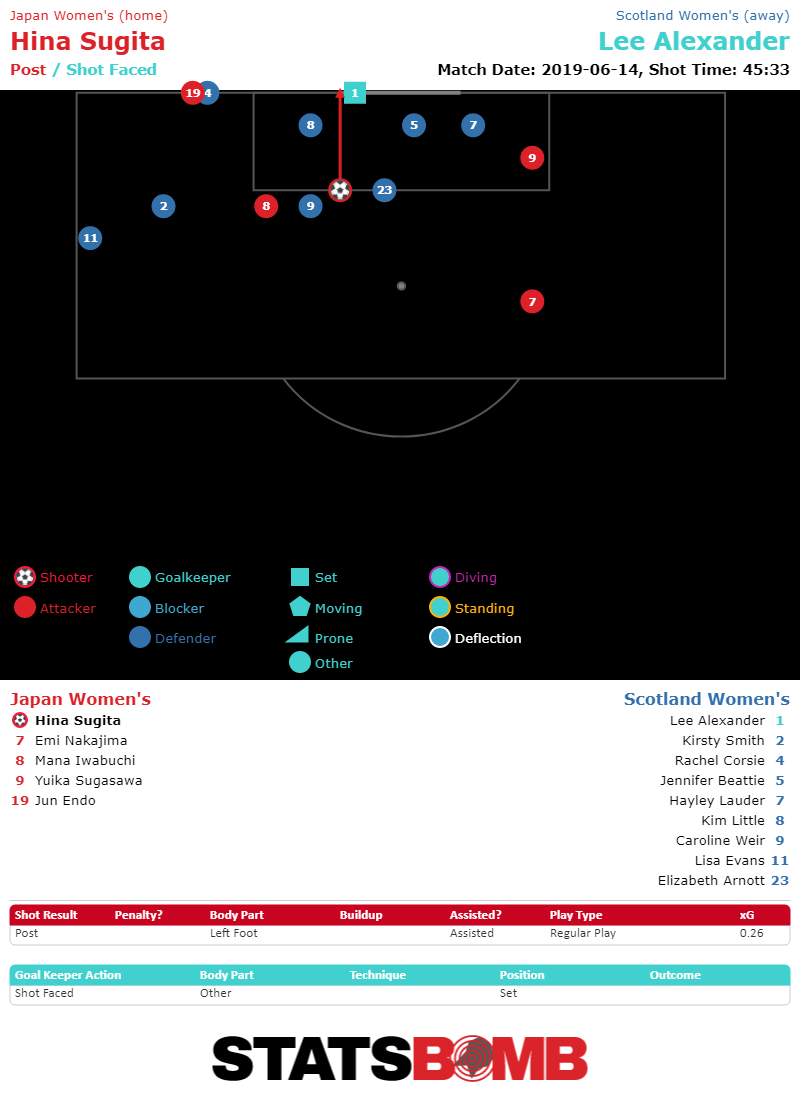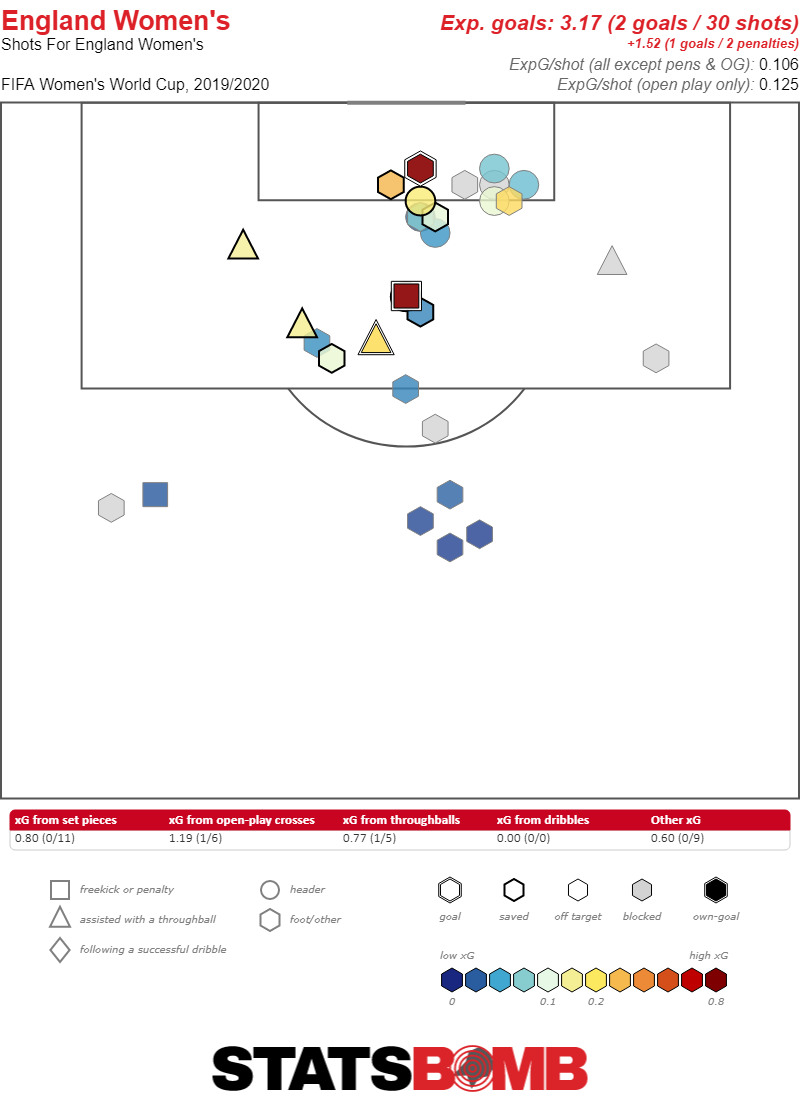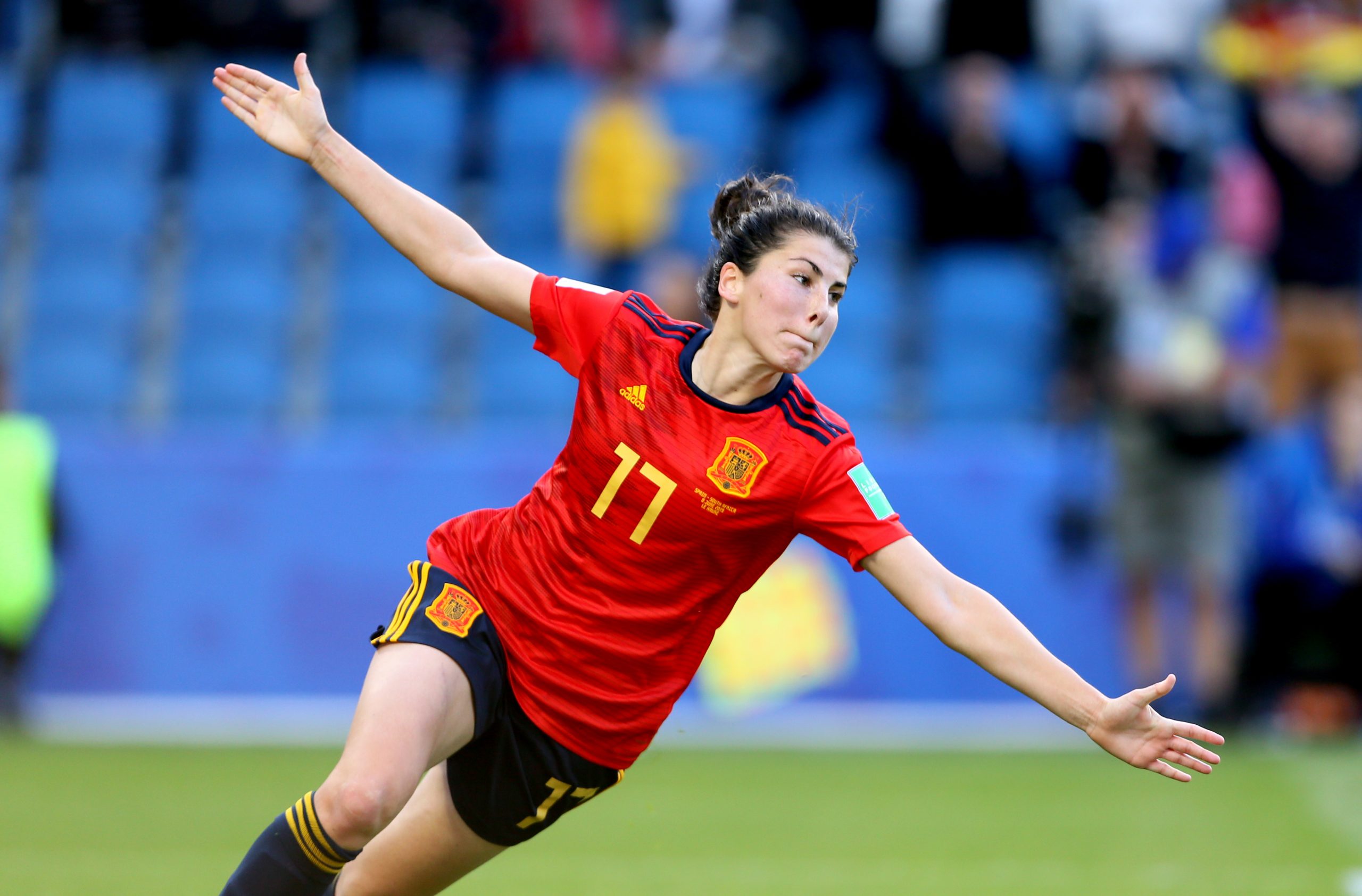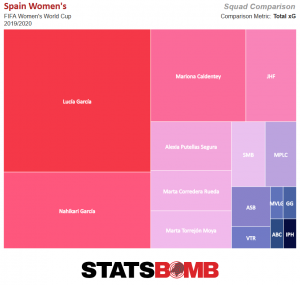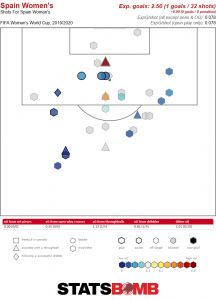Villarreal have been one of the most entertaining teams during the early running in La Liga and look to have an attack capable of powering them into European contention. Last season was dominated by relegation concerns but ambitions are much higher this time around. After good work in the transfer market to address problem areas in the squad, Villarreal have made a solid start to the new campaign. Seven matches in, Javi Calleja’s side are eighth in the table, with 11 points from three wins, two draws and two defeats. Their underlying numbers look even better. Villarreal have the second-best expected goal (xG) difference in the league, at 0.59 per match, and have achieved that despite having already faced Real Madrid at home (2-2) and Barcelona away (1-2). It is a better xG difference than they’ve carried through any seven-match stretch over the last couple of seasons. The attack is carrying most of the weight. At a top-line level, they’ve scored 18 goals, the most in the league and their best-ever total at this stage of a season. While that has undoubtedly been boosted by winning and converting three penalties, at a likely unsustainable rate of 0.43 per match (Getafe’s 2017-18 haul of 0.32 per match is by far the best in either of the last two seasons in La Liga), they are otherwise on solid ground. Their league-leading goal tally is matched to league-leading xG numbers. 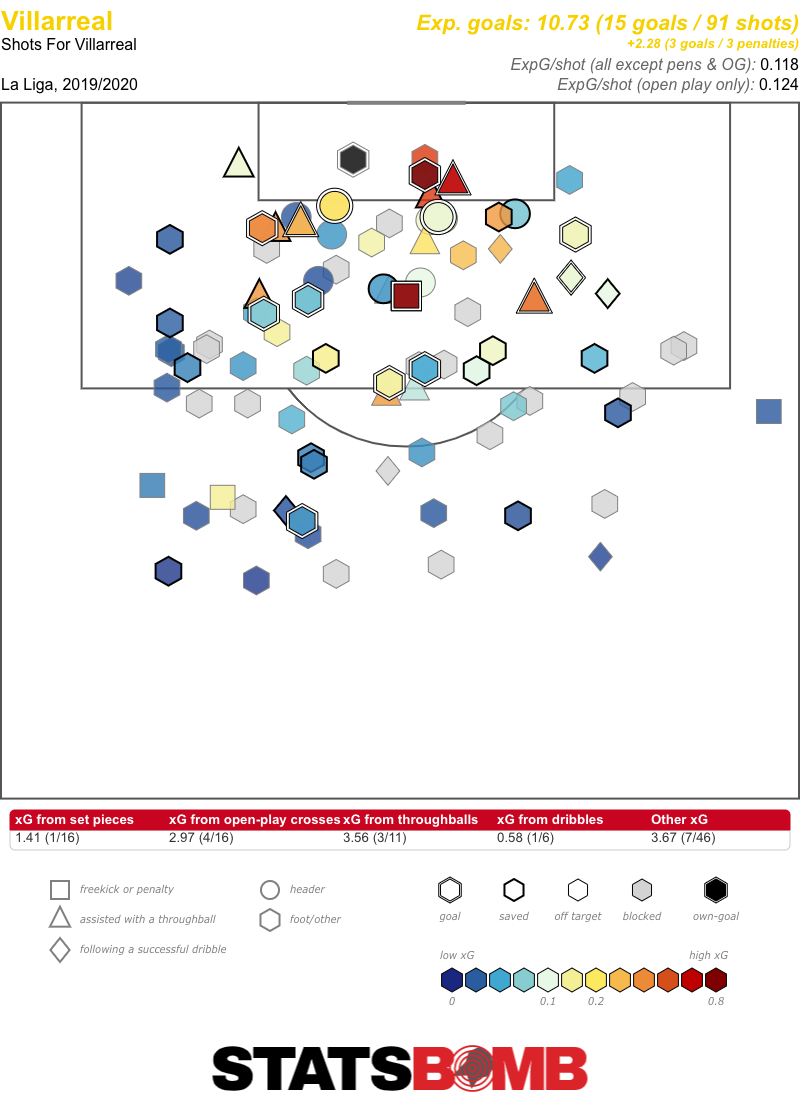 There is a degree of over-performance there, but nothing out of the ordinary given that Villarreal are combining good shot volume (a league-fourth-high 12.86 per match) with very good shot quality (unsurprisingly, Atlético Madrid’s insane early shot quality didn’t hold):
There is a degree of over-performance there, but nothing out of the ordinary given that Villarreal are combining good shot volume (a league-fourth-high 12.86 per match) with very good shot quality (unsurprisingly, Atlético Madrid’s insane early shot quality didn’t hold): 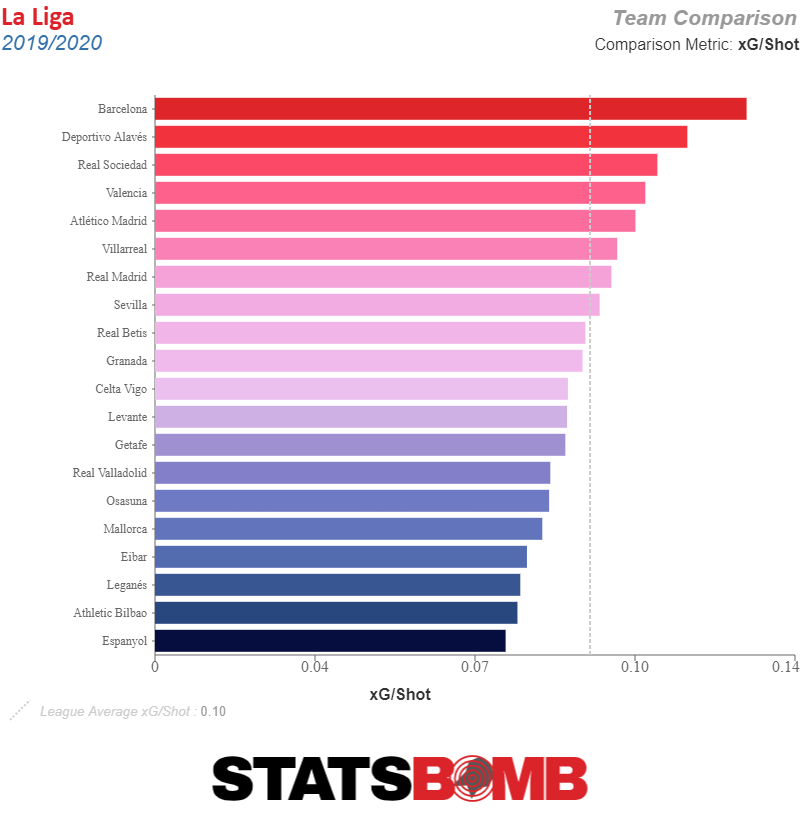 Villarreal’s shot volume is very similar to last season, but that increased shot quality (from 0.09 xG/shot to 0.12xG) is being achieved by doing a better job of creating situations in which their collection of rapid and incisive forwards can profit. They are playing out shorter from the back than they did last season, pulling opponents out of position as they work the ball neatly forward, and they are also creating a lot of chances in transition: they are second in the league in terms of shots arising from both counter-attacks and high press situations. Gerard Moreno has been the primary beneficiary to date. After a down season last time out in which he scored just eight non-penalty goals, he is making a strong case for a national-team call up with six non-penalty goals and one assist (off a combined 5.35 xG and xG assisted) to date. But the variety of attacking options available to Calleja means that plenty of forwards are chipping in. Karl Toko Ekambi, Moi Gómez and Samuel Chukwueze each have two goals apiece. Summer signing Javi Ontiveros has a goal and an assist. Carlos Bacca is yet to score but has acted as a more fixed central reference point when required. There is plenty of flexibility there. Calleja has switched between 4-4-2, 4-1-4-1, 4-2-3-1 and 4-3-3 formations this season, and has often done so in-game. Moreno and Toko Ekambi (his hilariously bad flipped crosses aside) can do functional jobs from wide starting positions, while Chukwueze and Ontiveros are capable of terrorising tiring defences with their swift and direct dribbling when called from off the bench. In Villarreal’s 5-1 win over Real Betis on Friday, the introduction of Chukwueze changed the game. He won the penalty from which they edged ahead at 2-1, found Moreno on the counter that led to the third goal, scored by Toko Ekambi, and then scored the fifth himself, receiving past a challenge, carrying the ball down the flank and then darting into the area to aim an accurate shot off the inside of the post and in.
Villarreal’s shot volume is very similar to last season, but that increased shot quality (from 0.09 xG/shot to 0.12xG) is being achieved by doing a better job of creating situations in which their collection of rapid and incisive forwards can profit. They are playing out shorter from the back than they did last season, pulling opponents out of position as they work the ball neatly forward, and they are also creating a lot of chances in transition: they are second in the league in terms of shots arising from both counter-attacks and high press situations. Gerard Moreno has been the primary beneficiary to date. After a down season last time out in which he scored just eight non-penalty goals, he is making a strong case for a national-team call up with six non-penalty goals and one assist (off a combined 5.35 xG and xG assisted) to date. But the variety of attacking options available to Calleja means that plenty of forwards are chipping in. Karl Toko Ekambi, Moi Gómez and Samuel Chukwueze each have two goals apiece. Summer signing Javi Ontiveros has a goal and an assist. Carlos Bacca is yet to score but has acted as a more fixed central reference point when required. There is plenty of flexibility there. Calleja has switched between 4-4-2, 4-1-4-1, 4-2-3-1 and 4-3-3 formations this season, and has often done so in-game. Moreno and Toko Ekambi (his hilariously bad flipped crosses aside) can do functional jobs from wide starting positions, while Chukwueze and Ontiveros are capable of terrorising tiring defences with their swift and direct dribbling when called from off the bench. In Villarreal’s 5-1 win over Real Betis on Friday, the introduction of Chukwueze changed the game. He won the penalty from which they edged ahead at 2-1, found Moreno on the counter that led to the third goal, scored by Toko Ekambi, and then scored the fifth himself, receiving past a challenge, carrying the ball down the flank and then darting into the area to aim an accurate shot off the inside of the post and in. 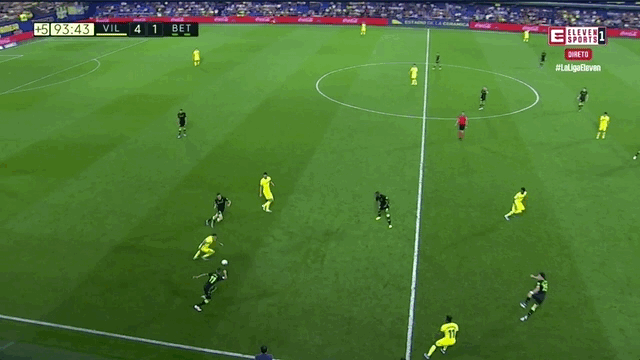 The forwards are getting a quality supply line from Santi Cazorla. Only Lionel Messi provided more assists than him last season, and the former Arsenal midfielder already has three to his name this time around. At 34, and just three years removed from an injury that seemed likely to end his career, they won’t be able to lean on him too heavily throughout the entire campaign, but he links well over towards the left, consistently makes himself available to receive and has the ability to spot and execute defence-splitting passes.
The forwards are getting a quality supply line from Santi Cazorla. Only Lionel Messi provided more assists than him last season, and the former Arsenal midfielder already has three to his name this time around. At 34, and just three years removed from an injury that seemed likely to end his career, they won’t be able to lean on him too heavily throughout the entire campaign, but he links well over towards the left, consistently makes himself available to receive and has the ability to spot and execute defence-splitting passes. 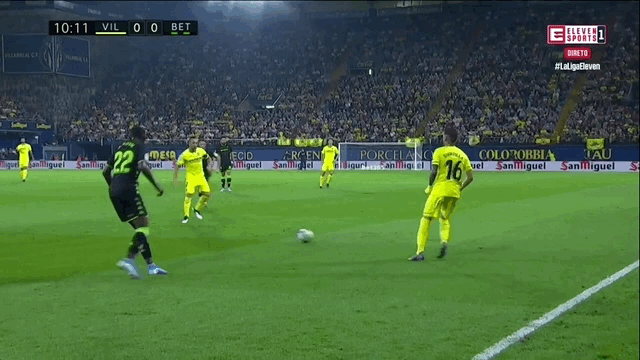 These offensive improvements have been achieved whilst also refining their defensive output. We are still only seven matches in, and much could still change, but Villarreal have so far conceded three less shots per match than last season and have become much better at stopping teams getting off shots in transition and from passes in behind their defence. The result is than their xG conceded per match has dropped from 1.18 last season to 0.91 this.
These offensive improvements have been achieved whilst also refining their defensive output. We are still only seven matches in, and much could still change, but Villarreal have so far conceded three less shots per match than last season and have become much better at stopping teams getting off shots in transition and from passes in behind their defence. The result is than their xG conceded per match has dropped from 1.18 last season to 0.91 this. 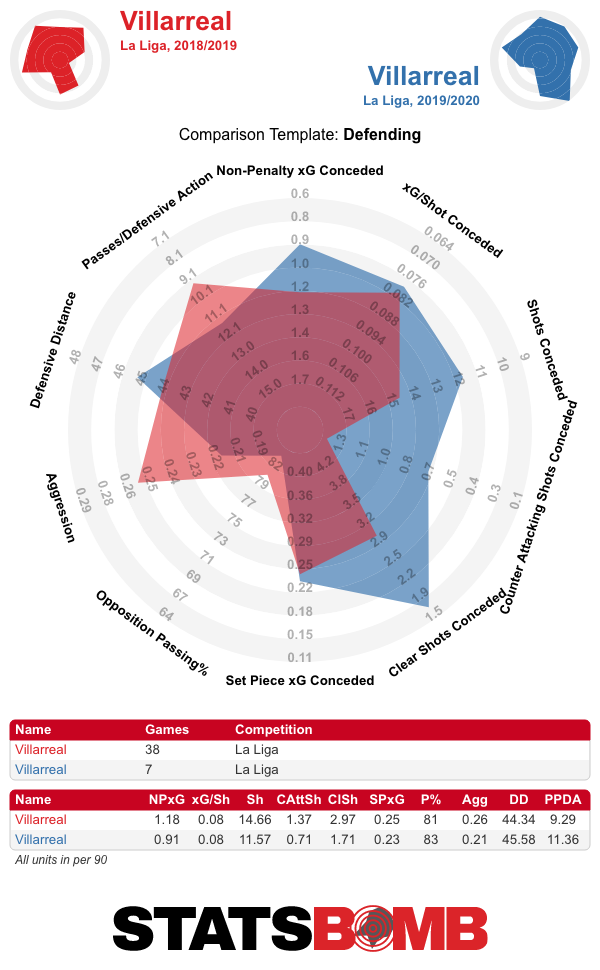 Some of that is down to the better balance they now have in midfield, with Cazorla and Vicente Iborra complemented by summer signing André-Frank Zambo Anguissa. Villarreal were seeking a player capable of adding mobility and physicality without being a minus in possession. Getafe’s Mauro Arambarri was also considered, but it was Zambo Anguissa who was brought in on loan from Fulham. His solid performances there were somewhat disguised by the disastrous collective context. When Cameroon’s coaching staff travelled to watch him in person, they didn’t see any signs of individual regression, and he has fitted in well at Villarreal. The 23-year-old covers the necessary ground in midfield and has also shown himself to be able and often skilled dribbler and ball-carrier. Of all players to have seen over 200 minutes for Villarreal so far this season, only defender Pau Torres has carried the ball further on a per-90 basis.
Some of that is down to the better balance they now have in midfield, with Cazorla and Vicente Iborra complemented by summer signing André-Frank Zambo Anguissa. Villarreal were seeking a player capable of adding mobility and physicality without being a minus in possession. Getafe’s Mauro Arambarri was also considered, but it was Zambo Anguissa who was brought in on loan from Fulham. His solid performances there were somewhat disguised by the disastrous collective context. When Cameroon’s coaching staff travelled to watch him in person, they didn’t see any signs of individual regression, and he has fitted in well at Villarreal. The 23-year-old covers the necessary ground in midfield and has also shown himself to be able and often skilled dribbler and ball-carrier. Of all players to have seen over 200 minutes for Villarreal so far this season, only defender Pau Torres has carried the ball further on a per-90 basis. 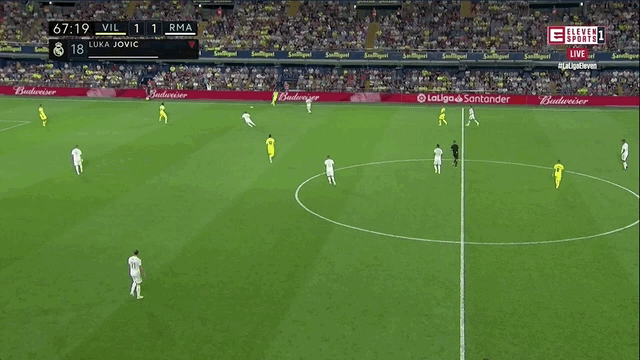 The defensive improvement can also be traced to the centre of the backline. Last season, Álvaro González, Ramiro Funes Mori and Víctor Ruíz ate up the bulk of minutes there. As I said prior to the start of the season, the arrival of the experienced Raúl Albiol immediately raised the competency level, and he has formed a solid partnership with Torres, back from a good loan spell at Málaga and looking very much at home in the top flight. Assured in his defensive work, he also provides the natural balance of a left-footed player on that side of the defence. A native of the town of Villarreal (the fourth to play for the club), on Wednesday he signed a new deal through to 2024. That is not to say that everything is now perfect. Far from it. Villarreal’s defending of set-piece situations continues to be a concern. They’ve already conceded three goals and an above-league-average xG from them. They’ve also clumsily given away three penalties, which is somewhat representative of the occasional sloppiness that seeps into their defending. But if they can pair functional defensive numbers with a highly potent attack, there is no reason they can’t compete for top six or seven finish. With no European football to stretch the squad and removed from the week-to-week worry of a relegation battle, Calleja appears to have found a propitious way forward by focusing on his team’s attacking quality and utilising summer arrivals to sufficiently balance the rest of the side. With a fairly accessible set of fixtures to come until they face Valencia, Atlético Madrid and Sevilla in consecutive matches in December, Villarreal have a good opportunity to establish themselves as a genuine European contender over the next couple of months.
The defensive improvement can also be traced to the centre of the backline. Last season, Álvaro González, Ramiro Funes Mori and Víctor Ruíz ate up the bulk of minutes there. As I said prior to the start of the season, the arrival of the experienced Raúl Albiol immediately raised the competency level, and he has formed a solid partnership with Torres, back from a good loan spell at Málaga and looking very much at home in the top flight. Assured in his defensive work, he also provides the natural balance of a left-footed player on that side of the defence. A native of the town of Villarreal (the fourth to play for the club), on Wednesday he signed a new deal through to 2024. That is not to say that everything is now perfect. Far from it. Villarreal’s defending of set-piece situations continues to be a concern. They’ve already conceded three goals and an above-league-average xG from them. They’ve also clumsily given away three penalties, which is somewhat representative of the occasional sloppiness that seeps into their defending. But if they can pair functional defensive numbers with a highly potent attack, there is no reason they can’t compete for top six or seven finish. With no European football to stretch the squad and removed from the week-to-week worry of a relegation battle, Calleja appears to have found a propitious way forward by focusing on his team’s attacking quality and utilising summer arrivals to sufficiently balance the rest of the side. With a fairly accessible set of fixtures to come until they face Valencia, Atlético Madrid and Sevilla in consecutive matches in December, Villarreal have a good opportunity to establish themselves as a genuine European contender over the next couple of months.
Stats of Interest
Fran Escribá seems to be hanging by a thread at Celta Vigo after somehow producing the league’s lowest shot count and its second worst xG with a squad brimming with creative attacking talent. Quique Setién potentially awaits. 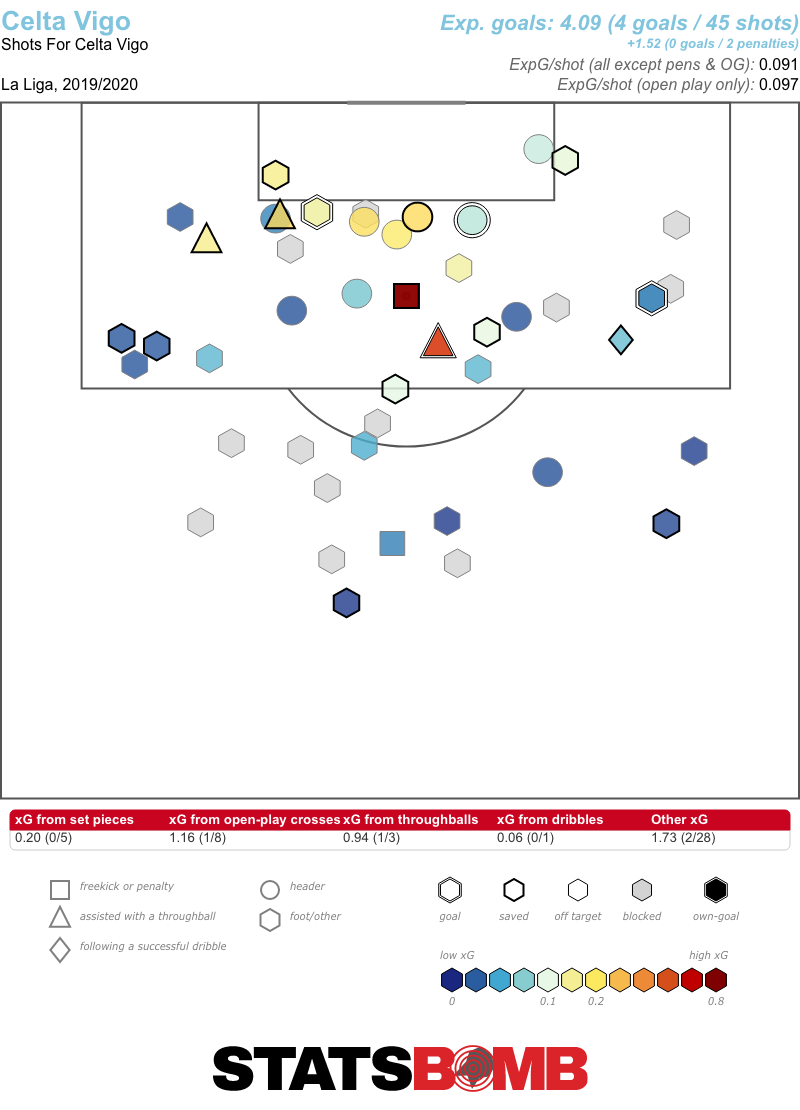 After conceding six times in their first four matches in La Liga, Real Madrid tightened up considerably over the next three, including last weekend’s 0-0 draw away at local rivals Atlético. Three clean sheets were matched to just 0.35 xG conceded per match.
After conceding six times in their first four matches in La Liga, Real Madrid tightened up considerably over the next three, including last weekend’s 0-0 draw away at local rivals Atlético. Three clean sheets were matched to just 0.35 xG conceded per match. 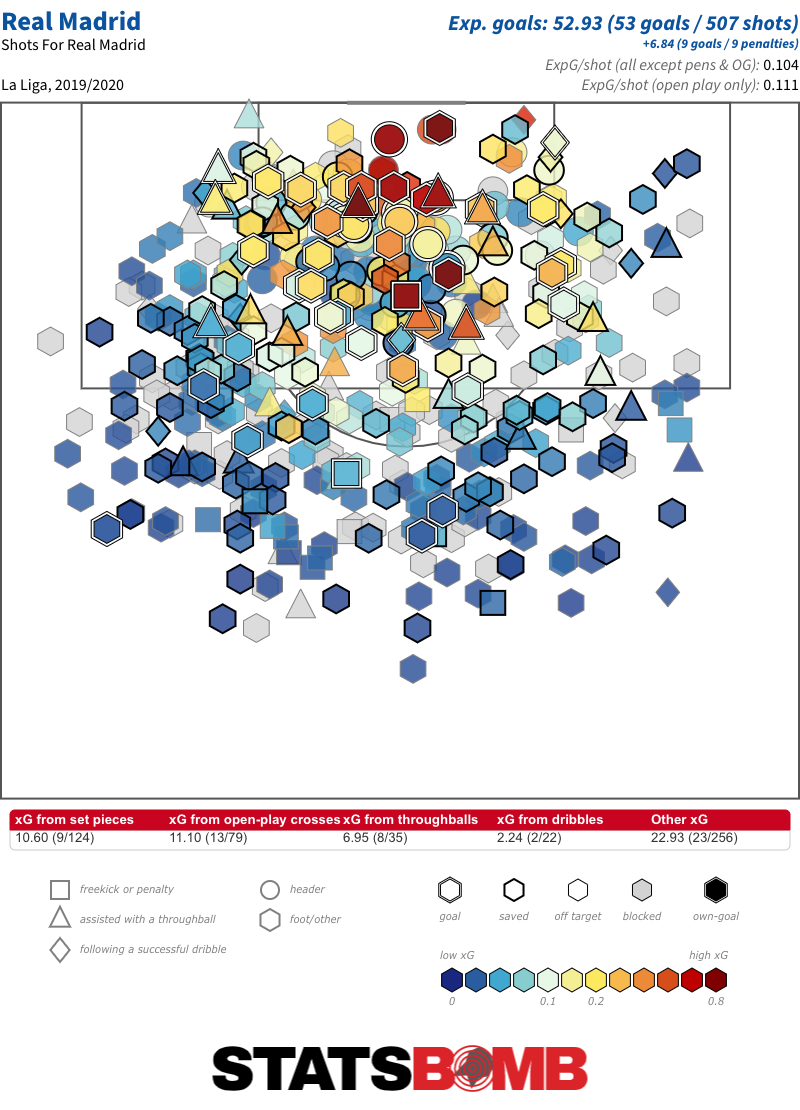 But then they went and gave up all of this in their 2-2 draw at home to Club Brugge in the Champions League on Tuesday. It seems all is not yet well.
But then they went and gave up all of this in their 2-2 draw at home to Club Brugge in the Champions League on Tuesday. It seems all is not yet well. 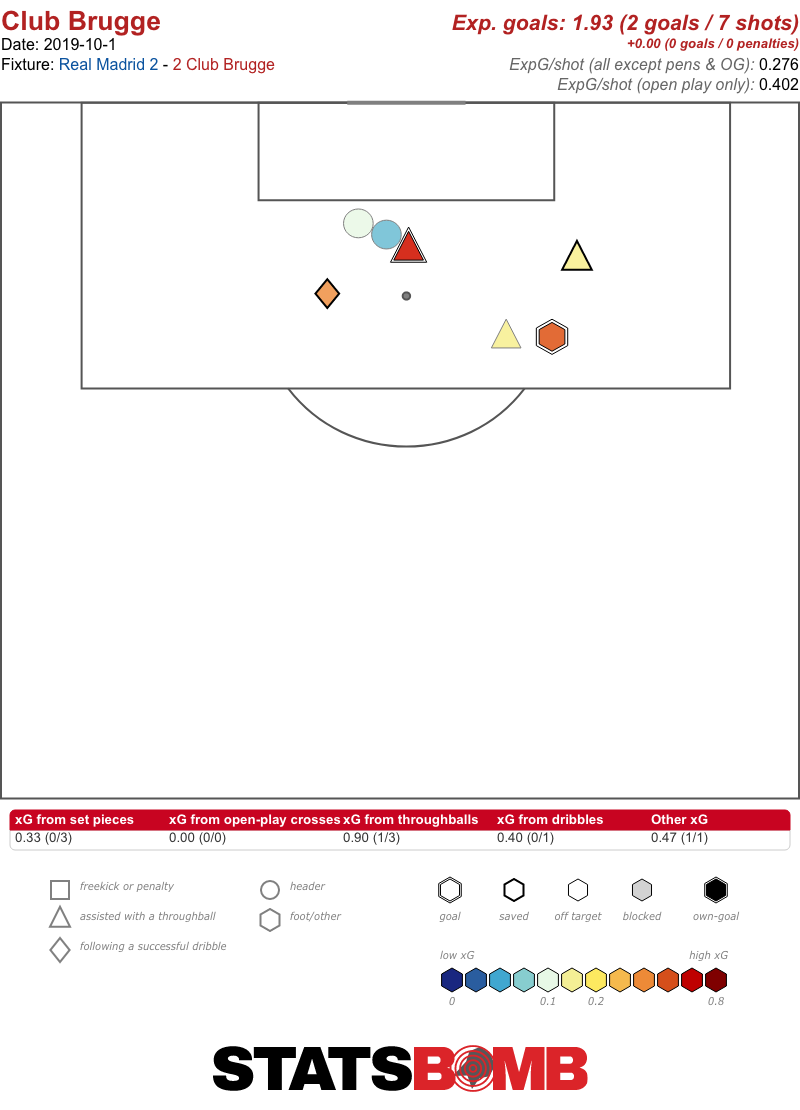
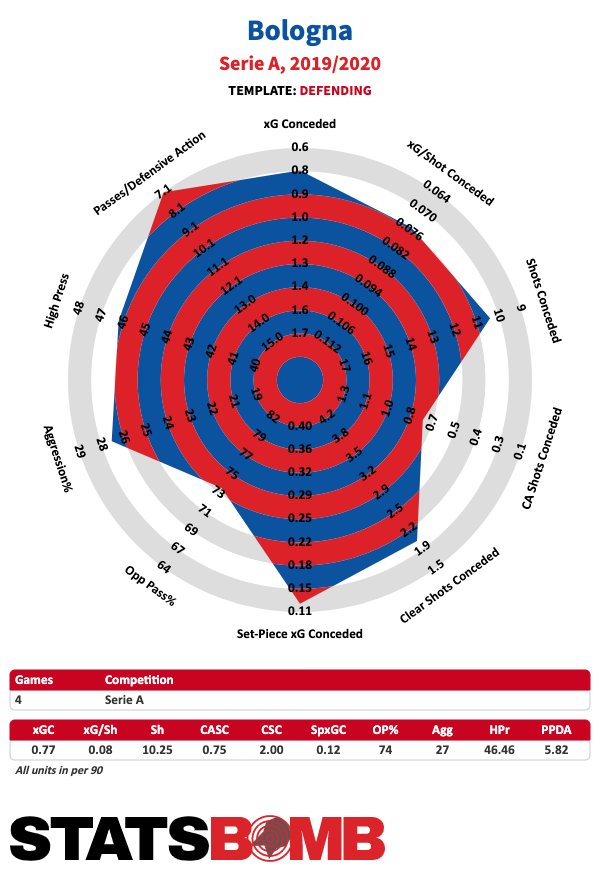
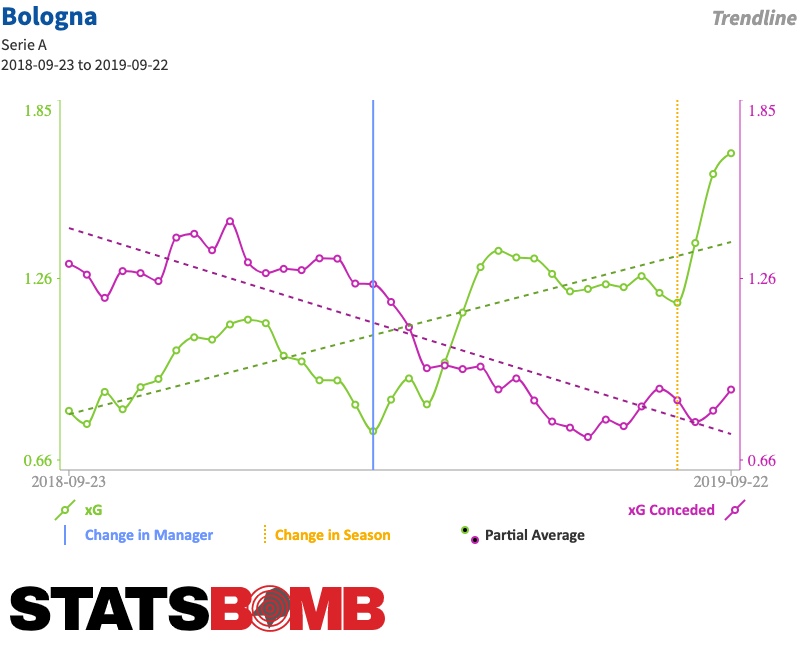
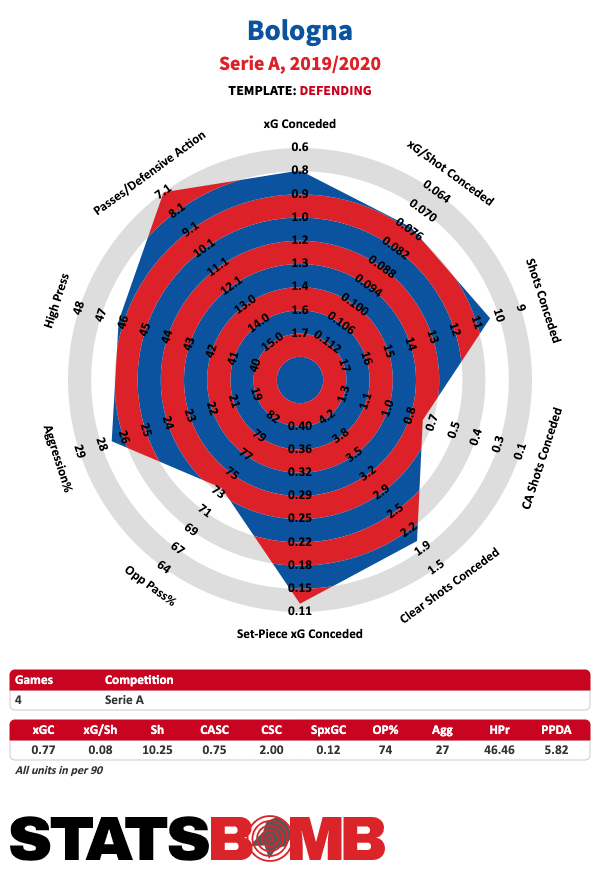
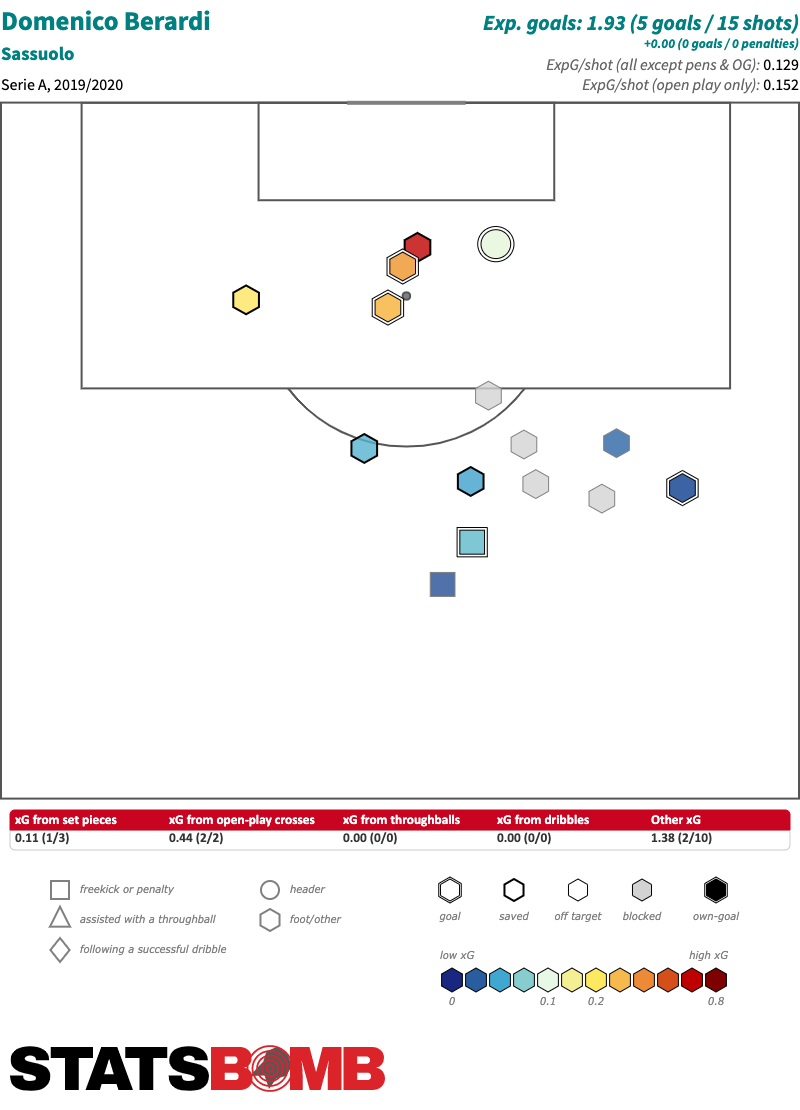
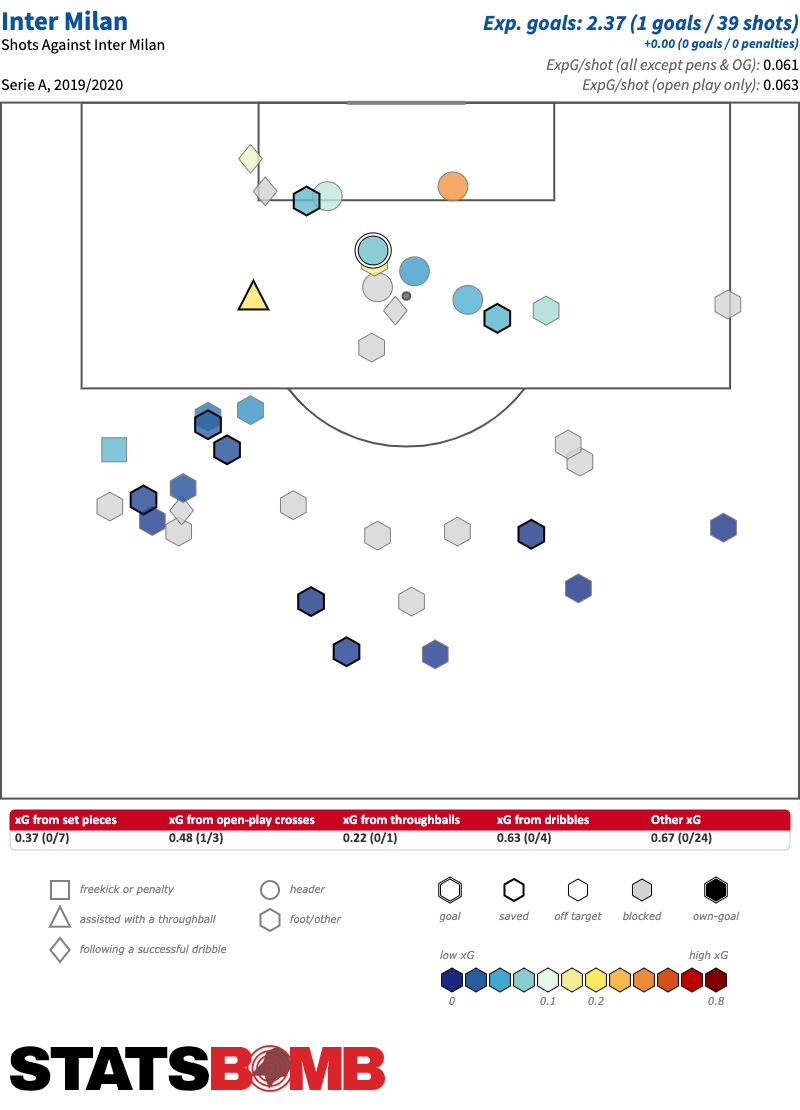
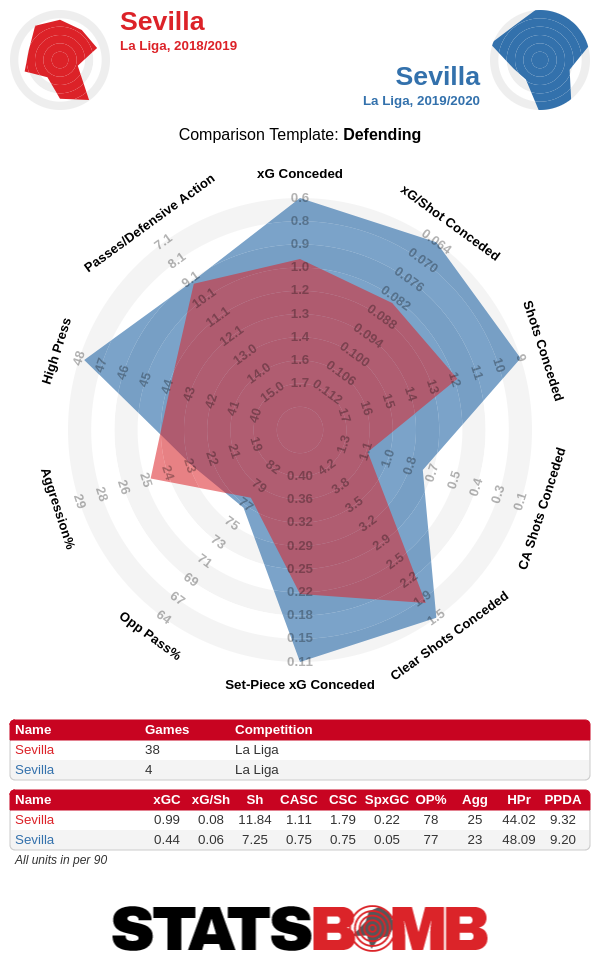
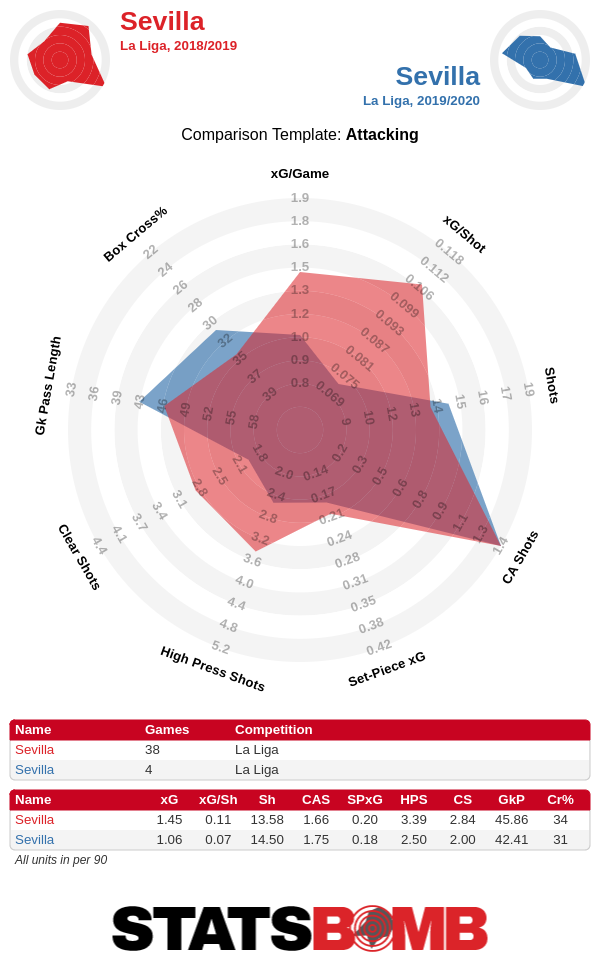
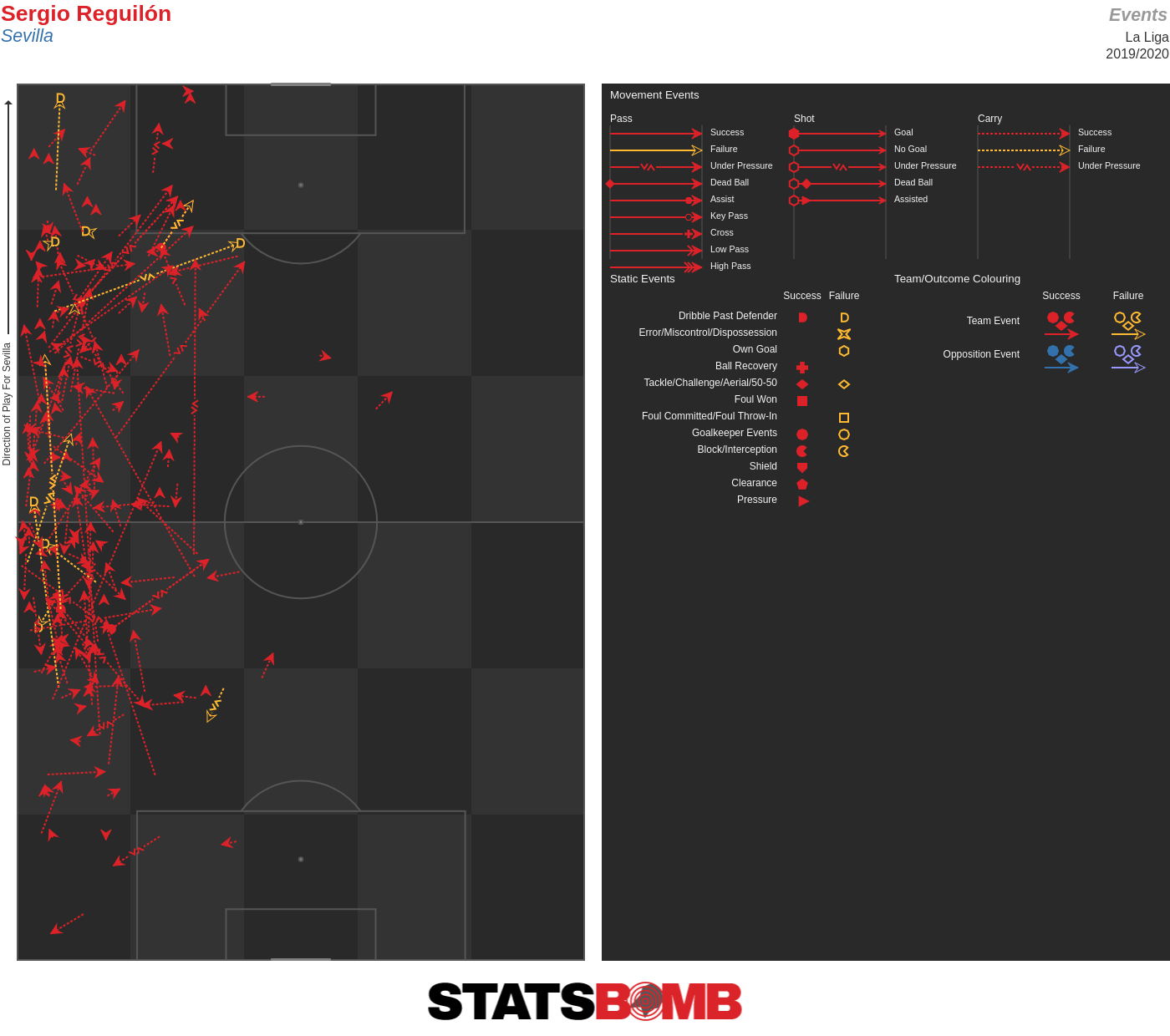
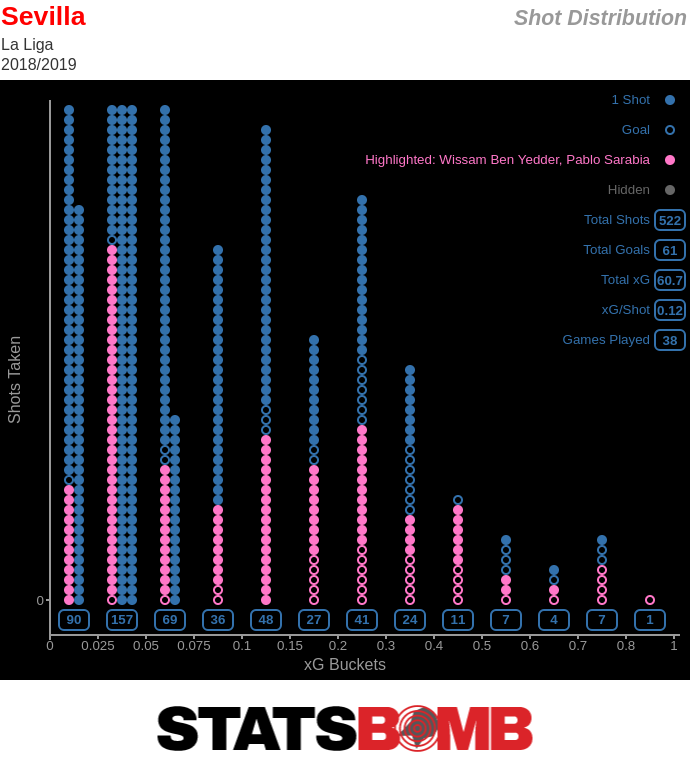
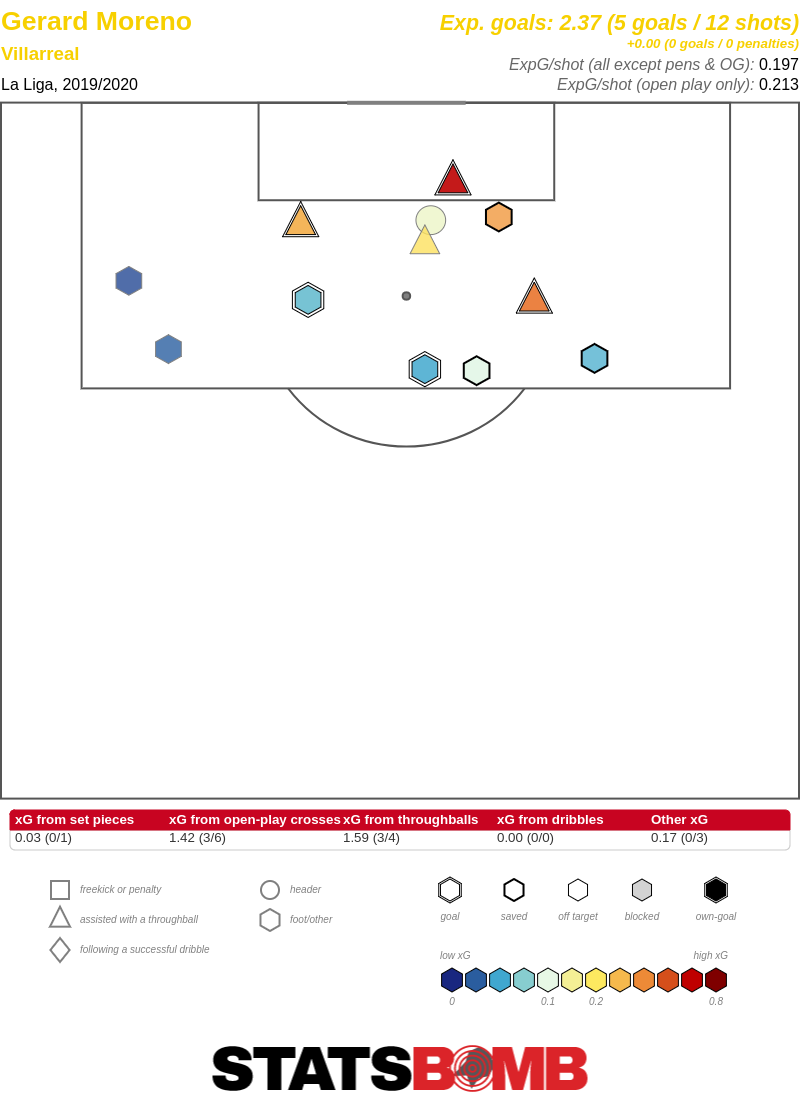
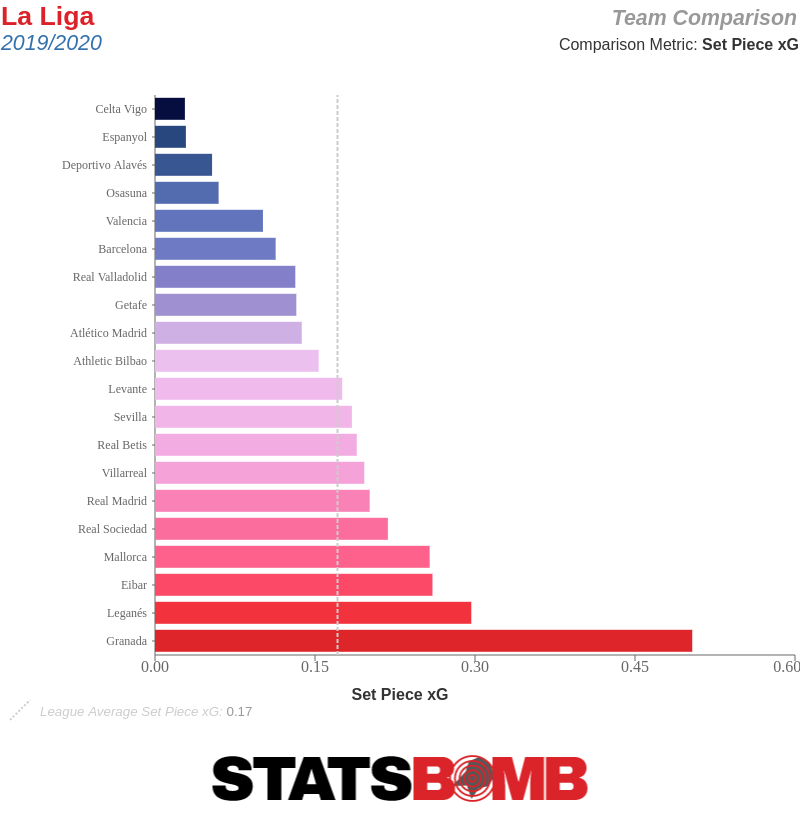
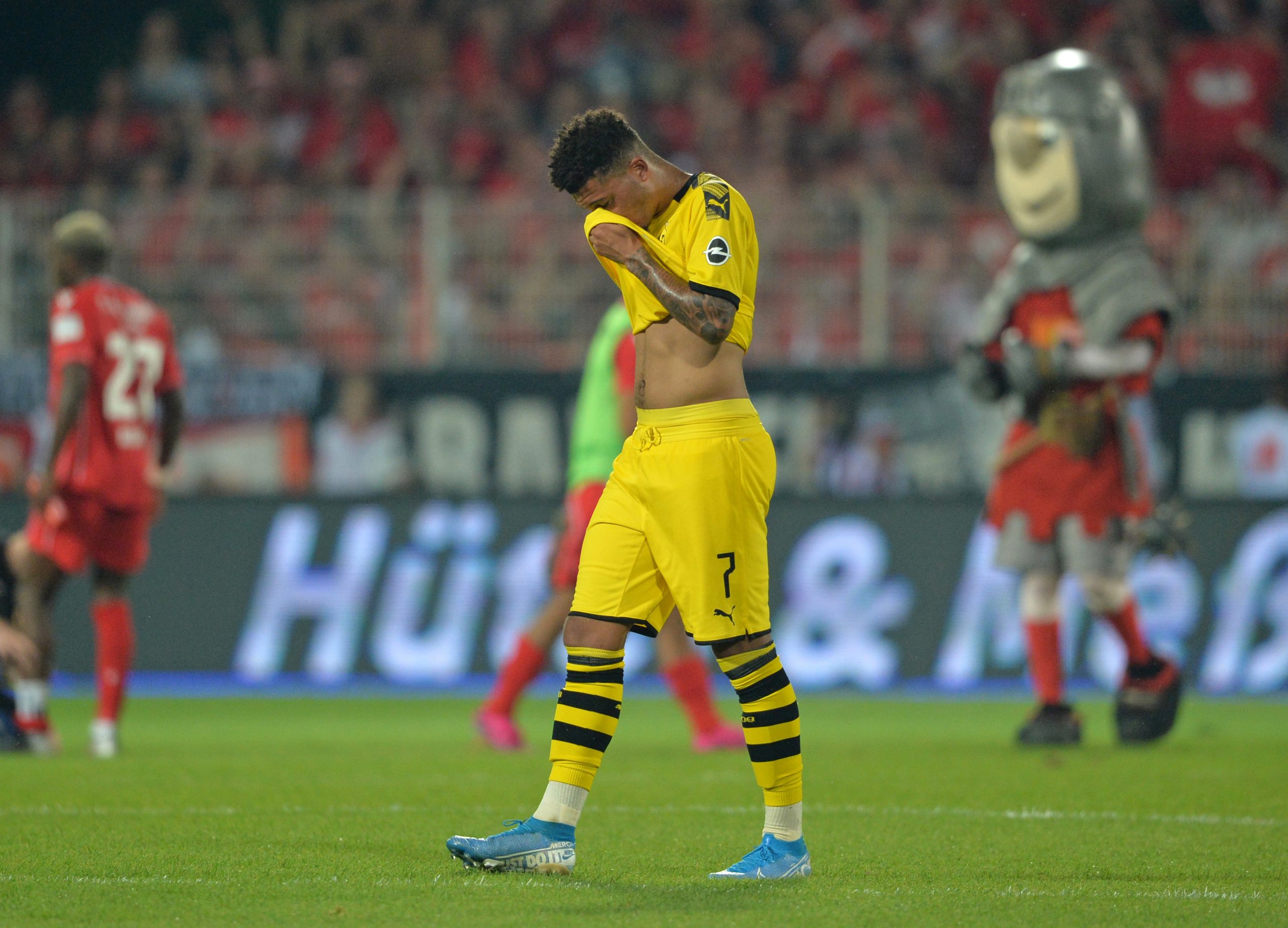
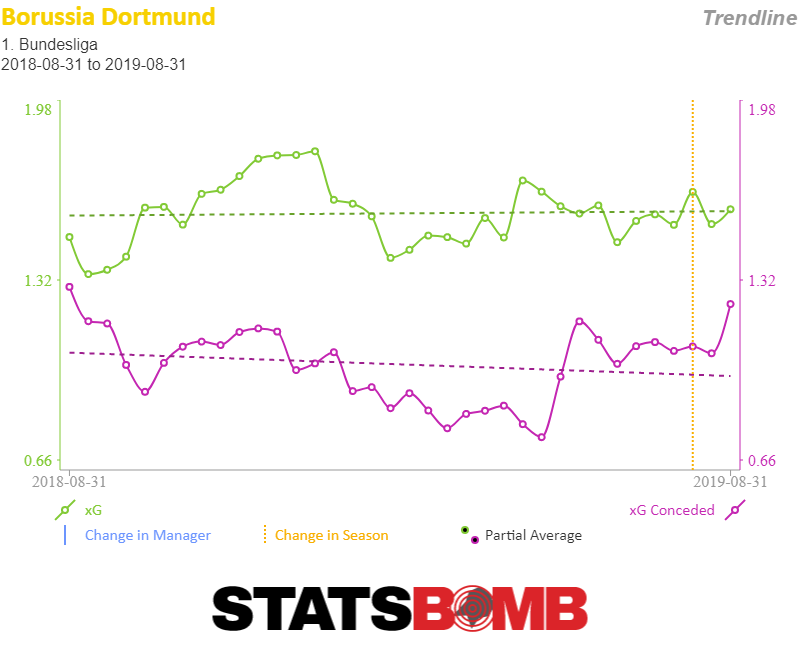
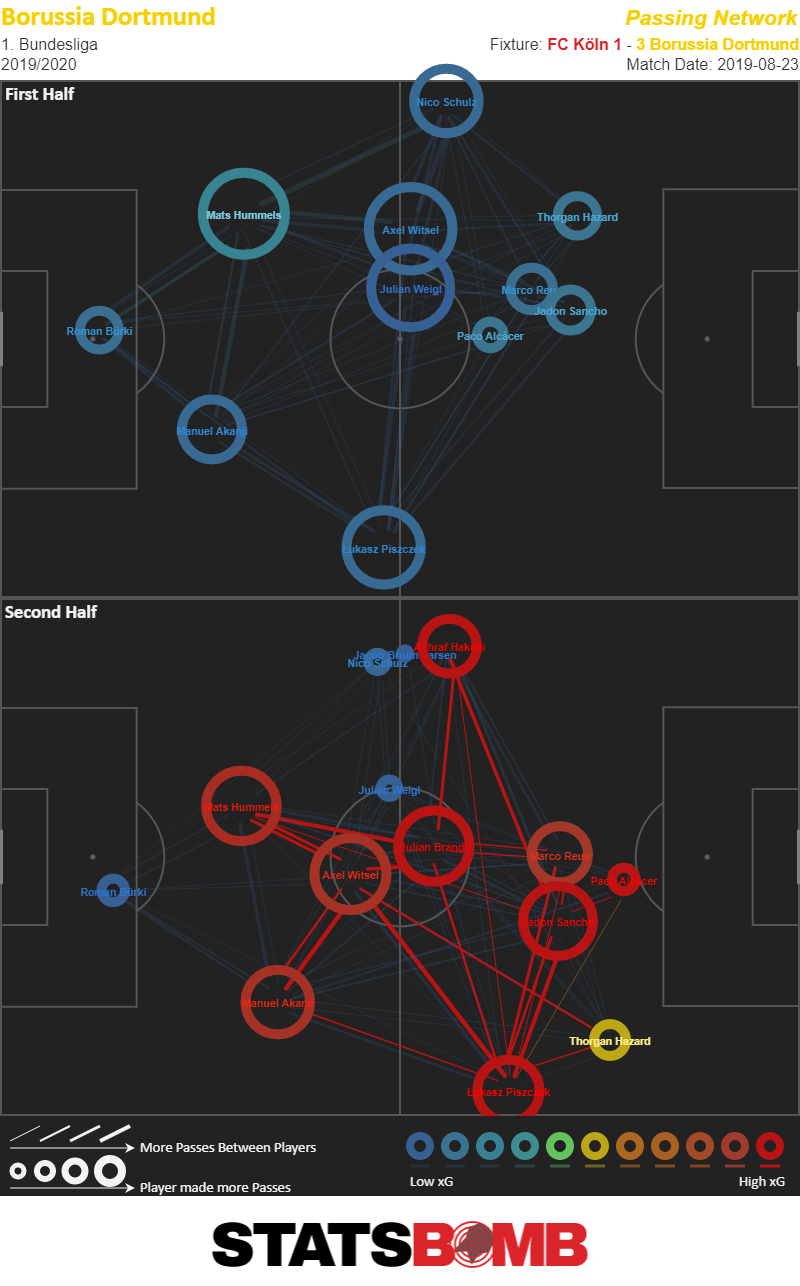
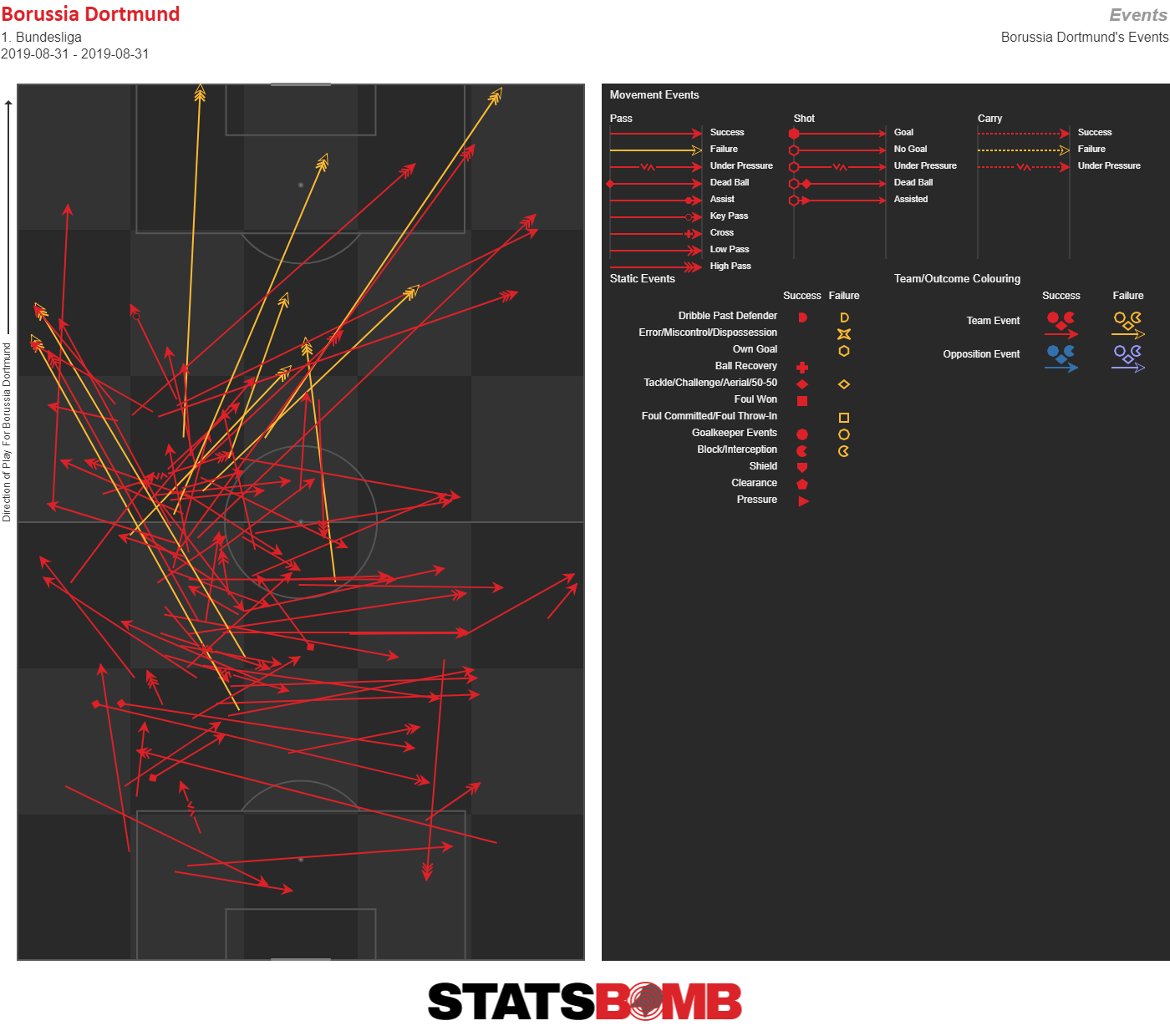
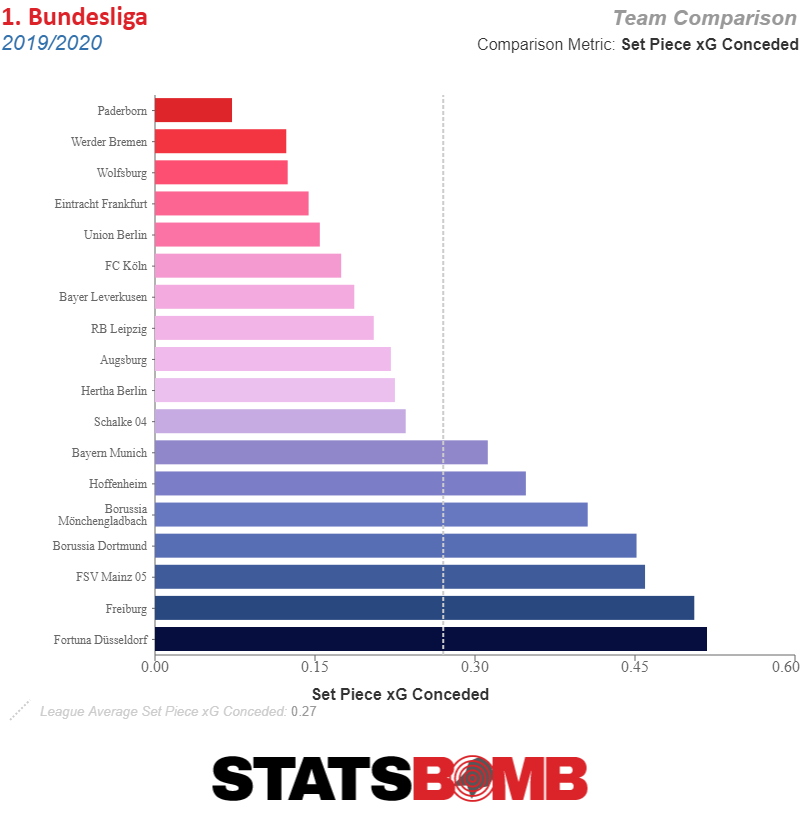
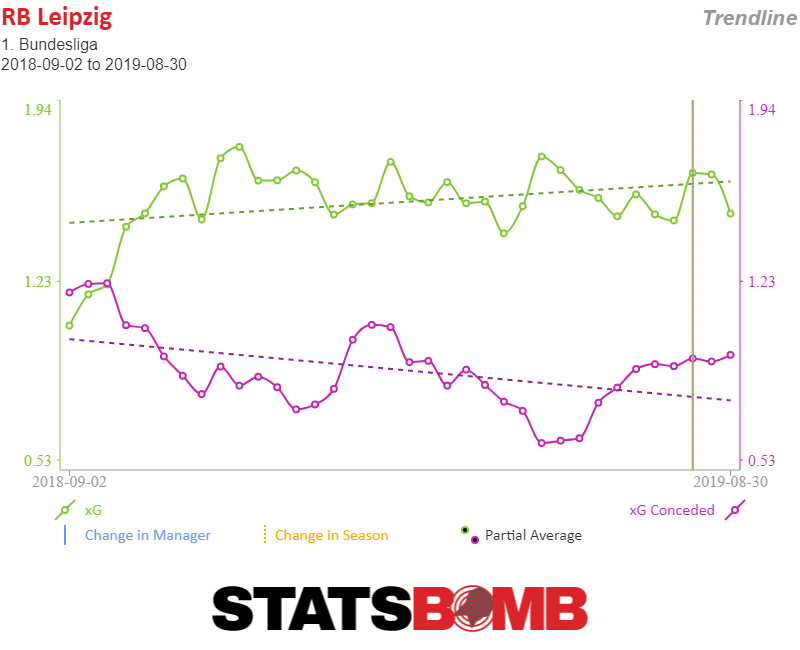
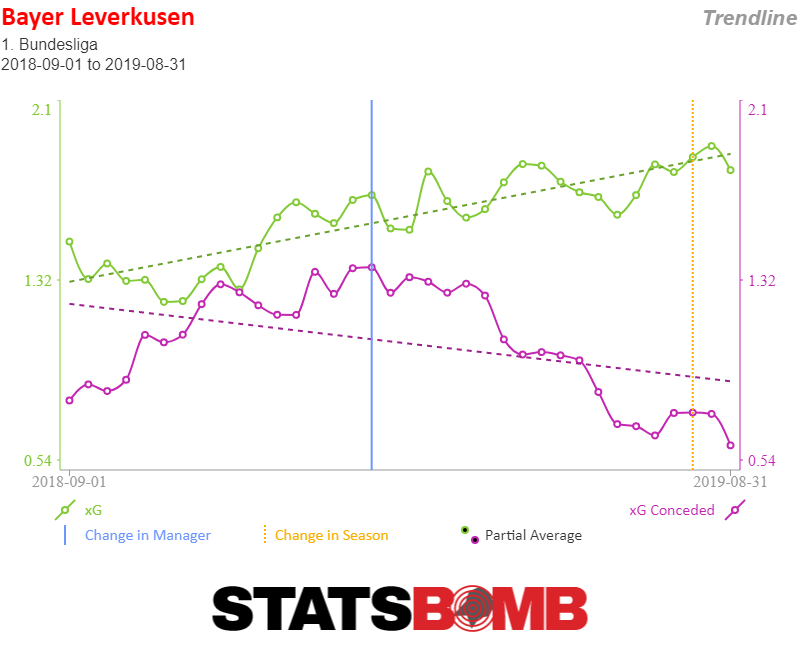
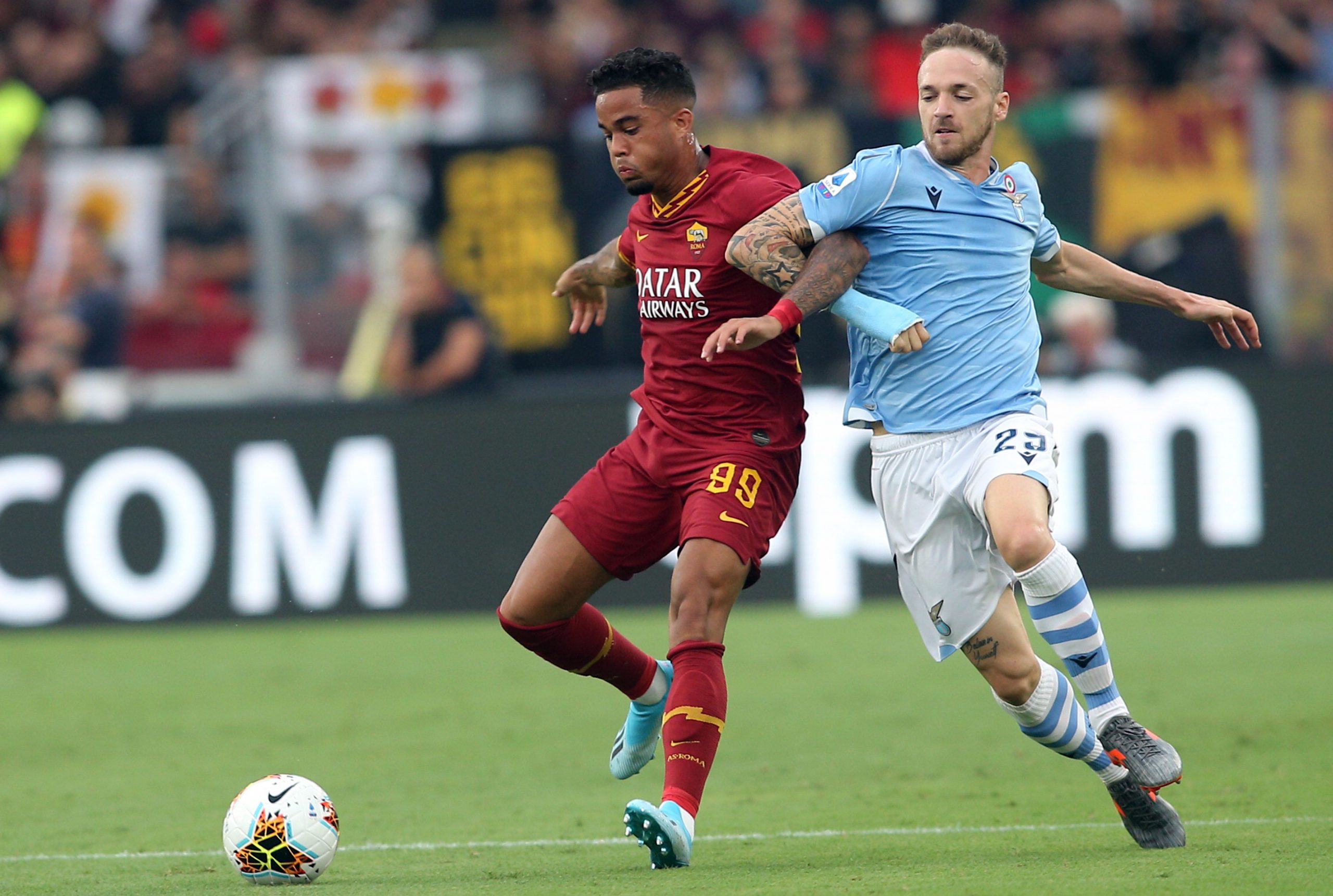
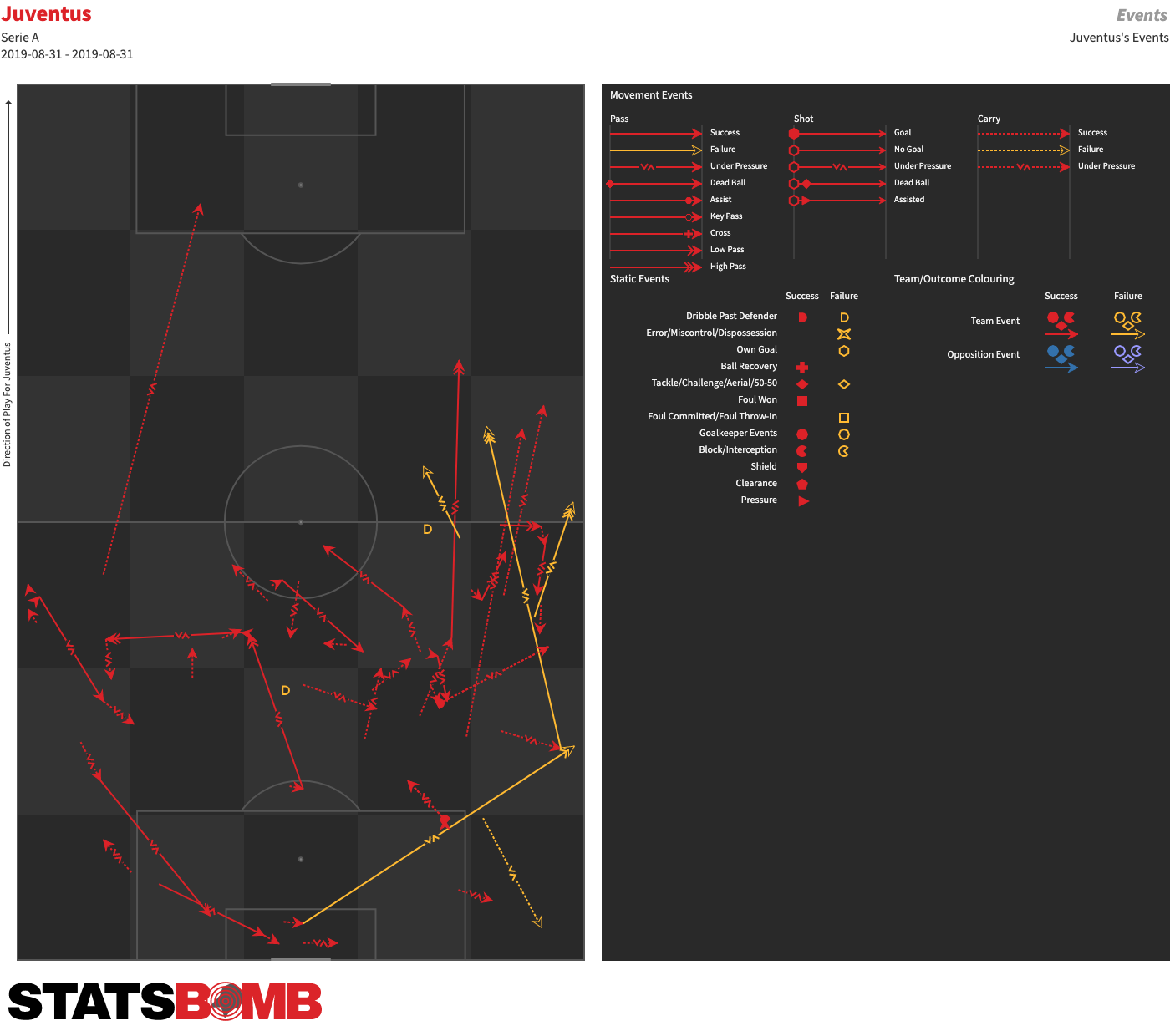
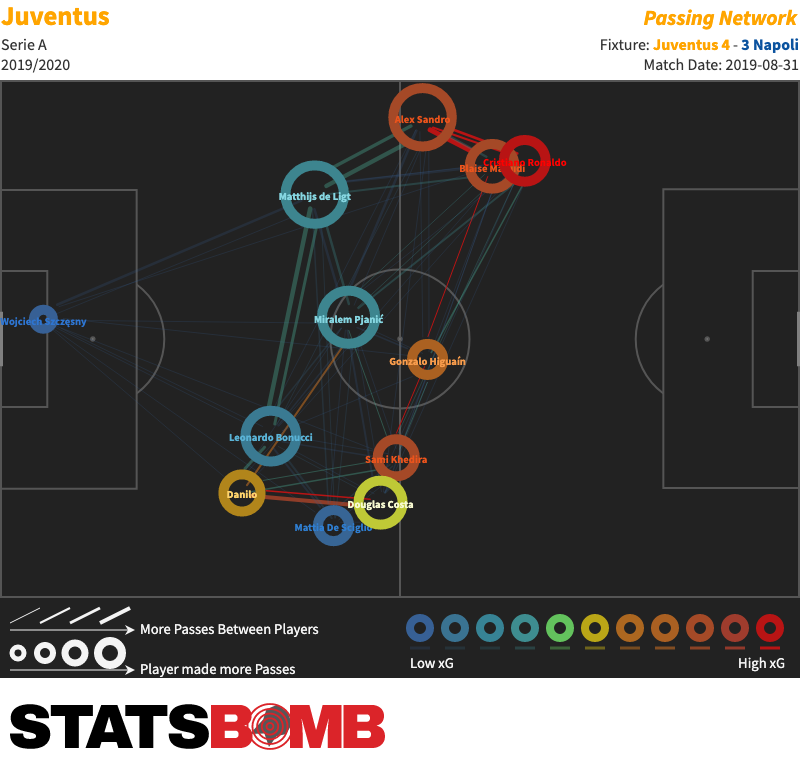
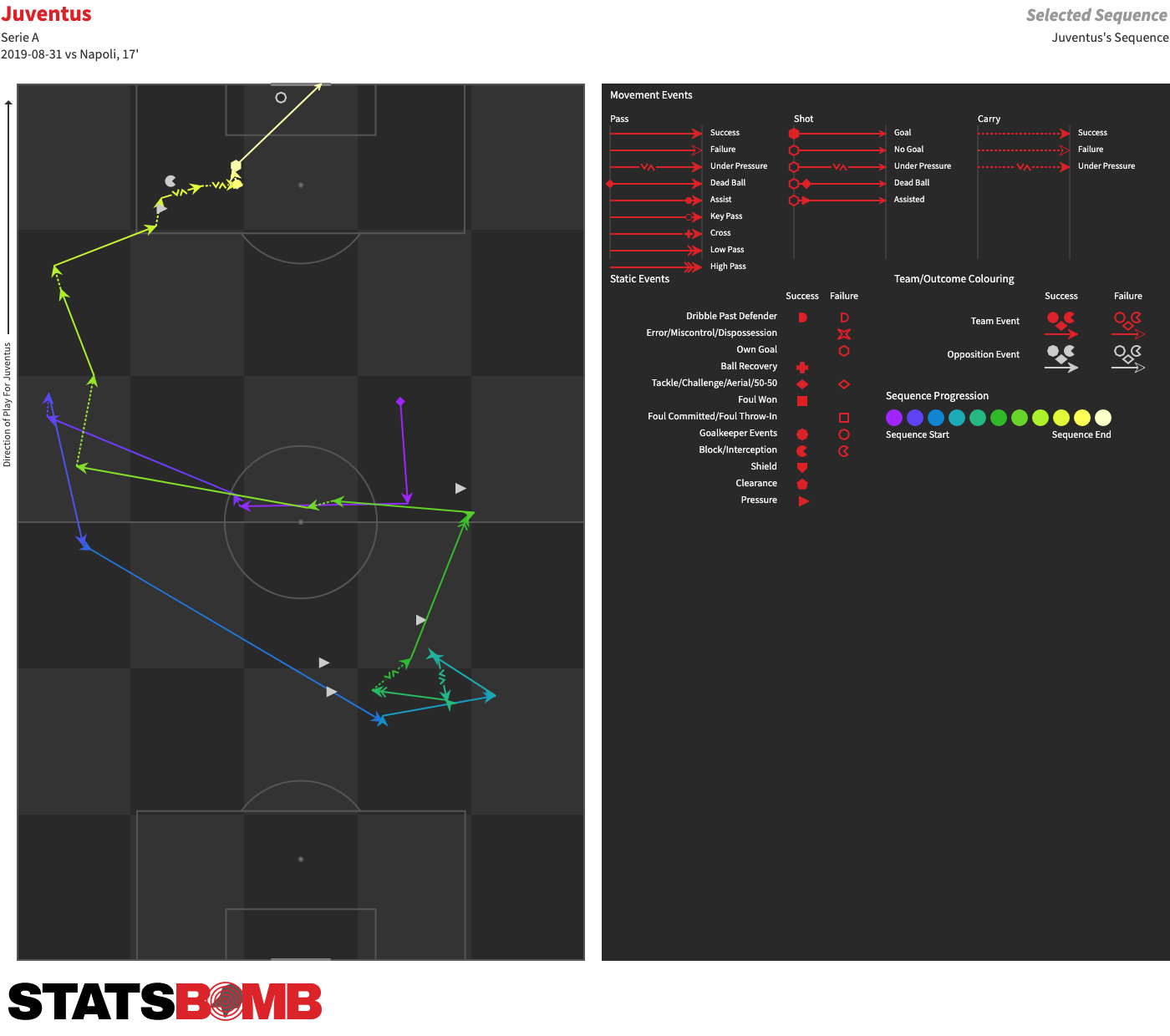
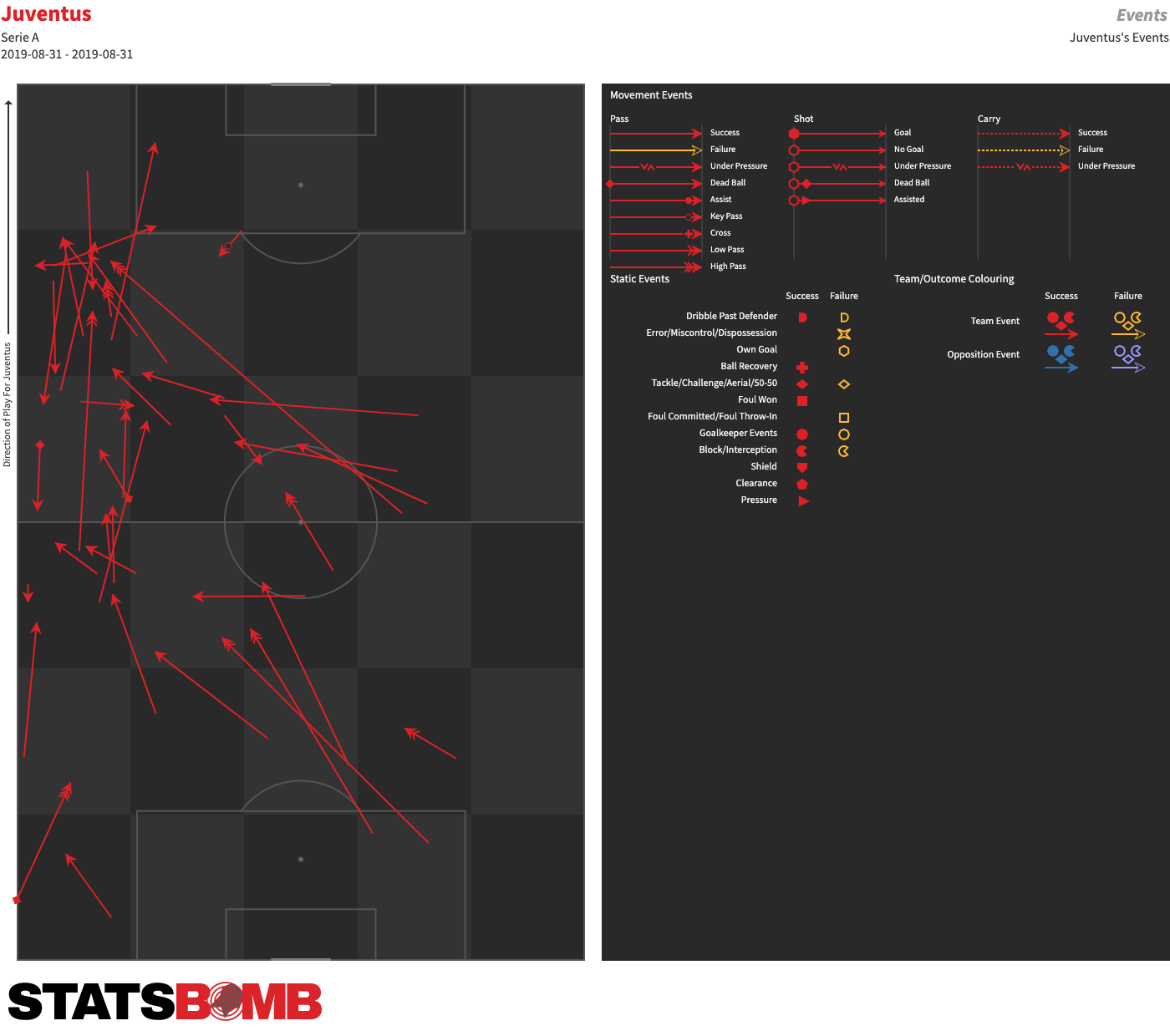
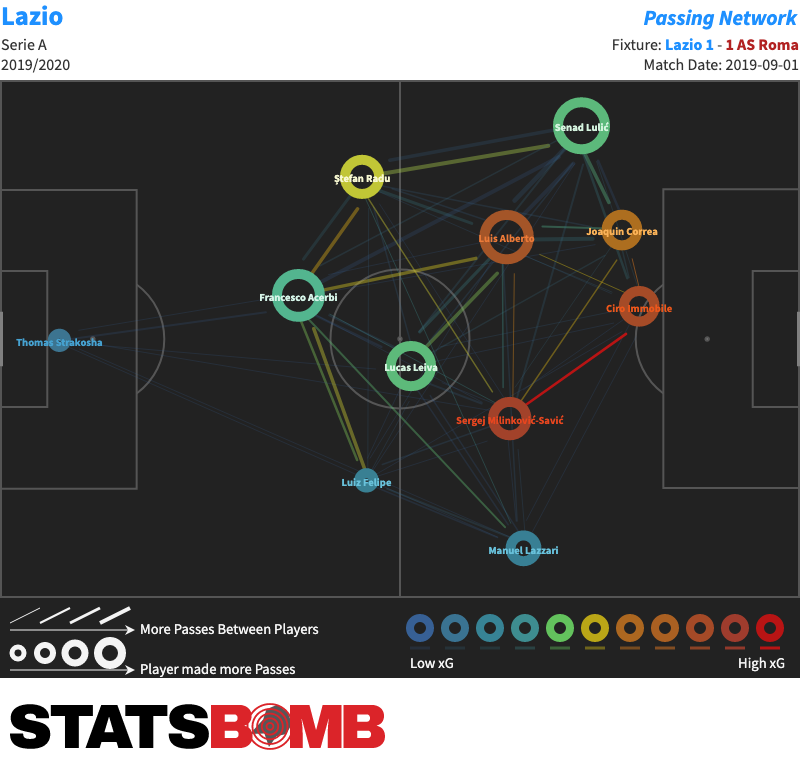
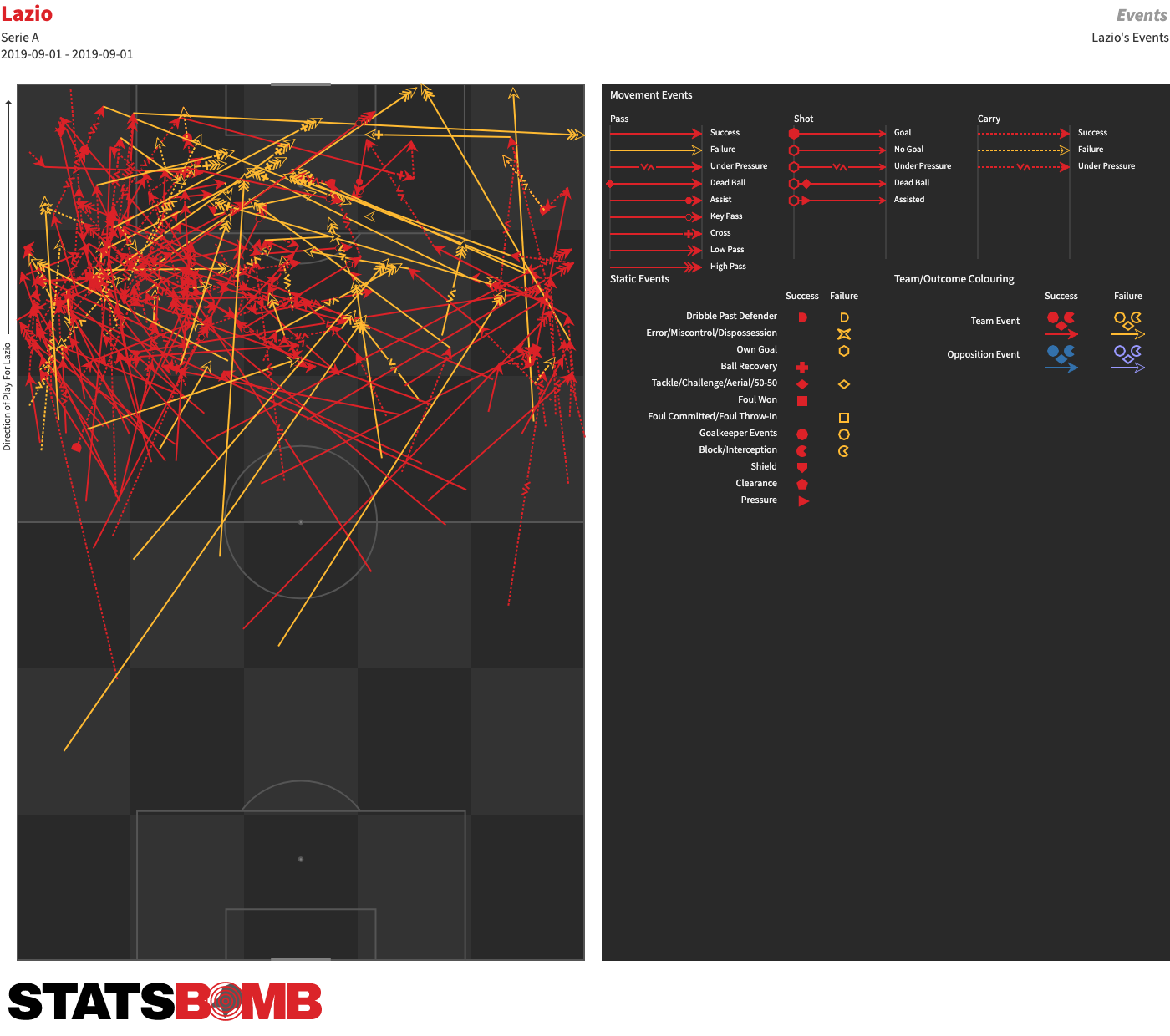
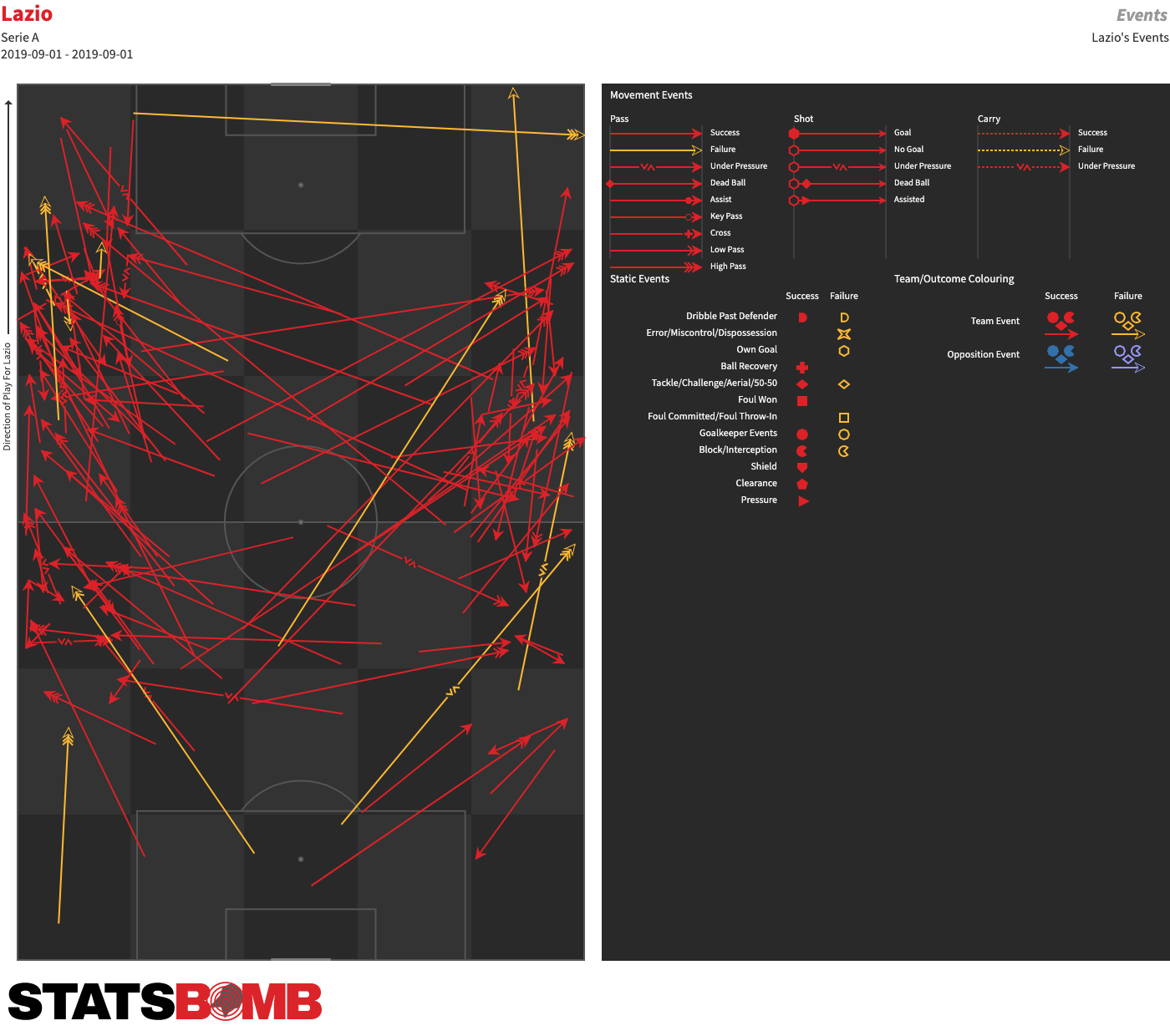
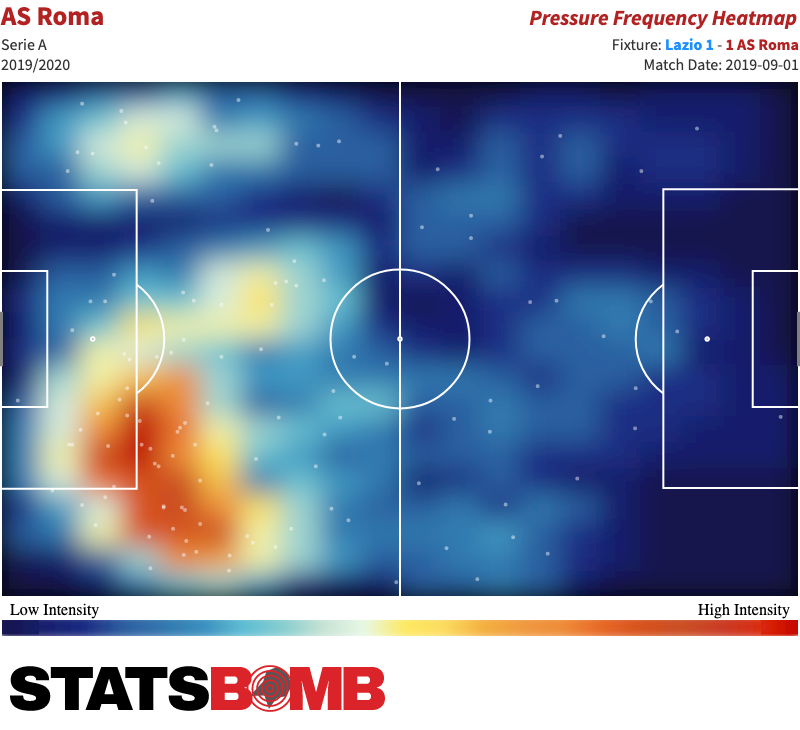
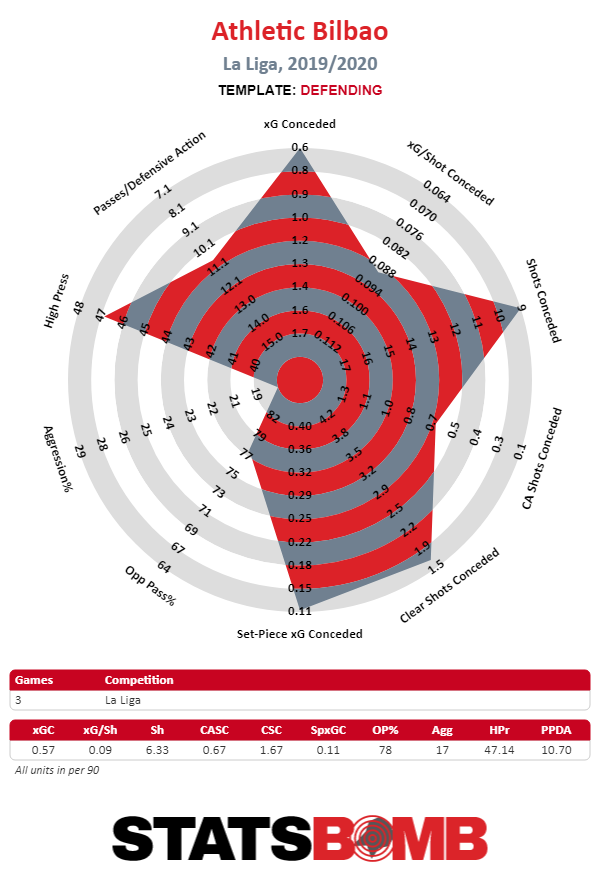
 Athletic had successfully forced Barcelona to go wide to find a way forward in their league opener at San Mamés, and so it wasn’t particularly surprising that La Real likewise struggled to pick a way through. They seemed to lack reliable reference points to hold the ball and allow them to move upfield. Despite Martin Odegaard’s relentless prodding and probing (he ended the match having touched the ball more times than anyone but defender Igor Zubeldía), they were unable to successfully work the ball forward. Athletic are clearly doing something right. They’ve defeated Atlético Madrid, Barcelona and Real Madrid on home soil since Garitano took over. He has said that he wants his side to be able to control all phases of the game, and that is what they’ve been able to do in both of their home matches to date, mixing that early high pressing with spells of deeper defending thereafter. It took La Real until the 83rd minute to get off their first of just two shots. To have only conceded 0.57 expected goals (xG) per match across home wins over Barcelona and Real Sociedad and an away draw with Getafe (1-1) represents a strong start, and continues the clear defensive improvement under Garitano. He inherited a side with relegation-worthy defensive numbers under Eduardo Berizzo and immediately got them on more solid footing.
Athletic had successfully forced Barcelona to go wide to find a way forward in their league opener at San Mamés, and so it wasn’t particularly surprising that La Real likewise struggled to pick a way through. They seemed to lack reliable reference points to hold the ball and allow them to move upfield. Despite Martin Odegaard’s relentless prodding and probing (he ended the match having touched the ball more times than anyone but defender Igor Zubeldía), they were unable to successfully work the ball forward. Athletic are clearly doing something right. They’ve defeated Atlético Madrid, Barcelona and Real Madrid on home soil since Garitano took over. He has said that he wants his side to be able to control all phases of the game, and that is what they’ve been able to do in both of their home matches to date, mixing that early high pressing with spells of deeper defending thereafter. It took La Real until the 83rd minute to get off their first of just two shots. To have only conceded 0.57 expected goals (xG) per match across home wins over Barcelona and Real Sociedad and an away draw with Getafe (1-1) represents a strong start, and continues the clear defensive improvement under Garitano. He inherited a side with relegation-worthy defensive numbers under Eduardo Berizzo and immediately got them on more solid footing.  In fact, they were the league’s best defensive team (in xG terms; third-best in terms of goals conceded) from his appointment until the end of the campaign.
In fact, they were the league’s best defensive team (in xG terms; third-best in terms of goals conceded) from his appointment until the end of the campaign. 
 “Through one-twos and combinations one can generate situations that lead to good crosses and goals,” Garitano explained when questioned about it afterwards. Surprisingly given their personnel and historic reputation, Athletic were actually La Liga’s worst team in terms of scoring and creating chances from set-piece situations last season. That was a focus for Garitano in pre-season -- a point of identity he wanted to recover. In addition to their rapid throw-ins, they worked a couple of corner schemes that caused problems for Real Sociedad’s somewhat passive defensive setup. We’ll have to wait and see if there is a maintained uptick in productivity from these situations as the season unfolds.
“Through one-twos and combinations one can generate situations that lead to good crosses and goals,” Garitano explained when questioned about it afterwards. Surprisingly given their personnel and historic reputation, Athletic were actually La Liga’s worst team in terms of scoring and creating chances from set-piece situations last season. That was a focus for Garitano in pre-season -- a point of identity he wanted to recover. In addition to their rapid throw-ins, they worked a couple of corner schemes that caused problems for Real Sociedad’s somewhat passive defensive setup. We’ll have to wait and see if there is a maintained uptick in productivity from these situations as the season unfolds.  If the full-backs do continue to shoulder the primary responsibility for moving the team into the final third, Athletic would join a select group. Only two teams in La Liga have had their two full-backs at the top of their deep progression rankings in either of the last two seasons: Eibar and Getafe. Will Athletic become the third?
If the full-backs do continue to shoulder the primary responsibility for moving the team into the final third, Athletic would join a select group. Only two teams in La Liga have had their two full-backs at the top of their deep progression rankings in either of the last two seasons: Eibar and Getafe. Will Athletic become the third?  Whether that will prove to be such a valuable skill if the ball progression emphasis falls to the fullbacks this season is clearly a point to consider, but López also provides a bit more mobility than Beñat (the regular starter alongside García under Garitano last season) typically does in possession, dribbling more often and carrying the ball further. This is a good example from the derby. López picks the ball up just past the half way line, drives into space down the left and then neatly flicks the ball inside to Williams.
Whether that will prove to be such a valuable skill if the ball progression emphasis falls to the fullbacks this season is clearly a point to consider, but López also provides a bit more mobility than Beñat (the regular starter alongside García under Garitano last season) typically does in possession, dribbling more often and carrying the ball further. This is a good example from the derby. López picks the ball up just past the half way line, drives into space down the left and then neatly flicks the ball inside to Williams. 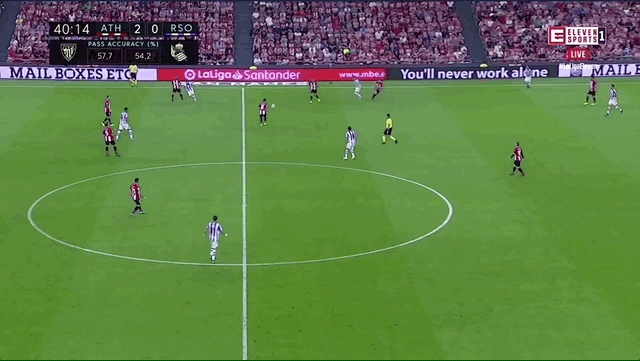 He also provided an example of his passing range with an expertly weighted diagonal switch out to Iñigo Cordoba in the build up to the second goal, scored with a nice chipped finish by Raúl Garcia -- the battering ram with the subtle touch.
He also provided an example of his passing range with an expertly weighted diagonal switch out to Iñigo Cordoba in the build up to the second goal, scored with a nice chipped finish by Raúl Garcia -- the battering ram with the subtle touch. 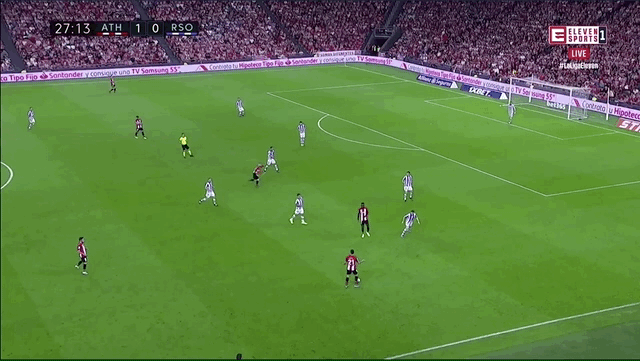 There is also a feeling that the way López delivers set-pieces opens up a wider variety of routines from those situations than Beñat’s technique. There will certainly be matches, especially away from home, in which Garitano is likely to prefer the experience of Beñat or the physicality of Mikel San José (both of whom are out of contract next summer), but early displays suggest López could have an important role to play this season.
There is also a feeling that the way López delivers set-pieces opens up a wider variety of routines from those situations than Beñat’s technique. There will certainly be matches, especially away from home, in which Garitano is likely to prefer the experience of Beñat or the physicality of Mikel San José (both of whom are out of contract next summer), but early displays suggest López could have an important role to play this season.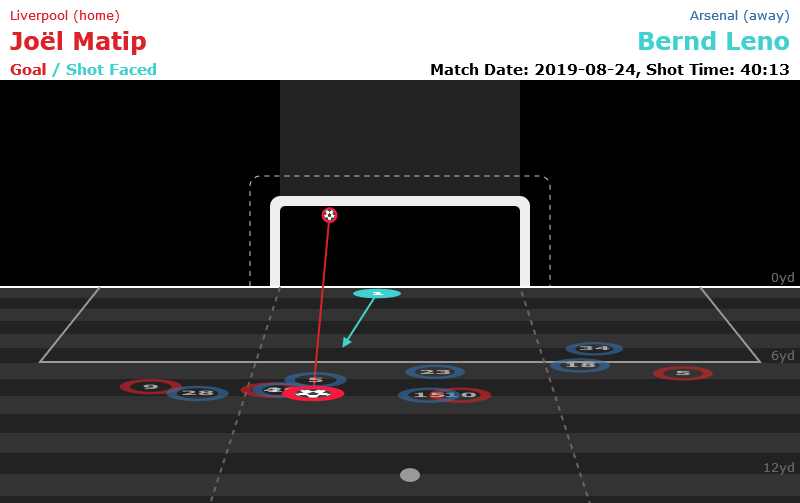
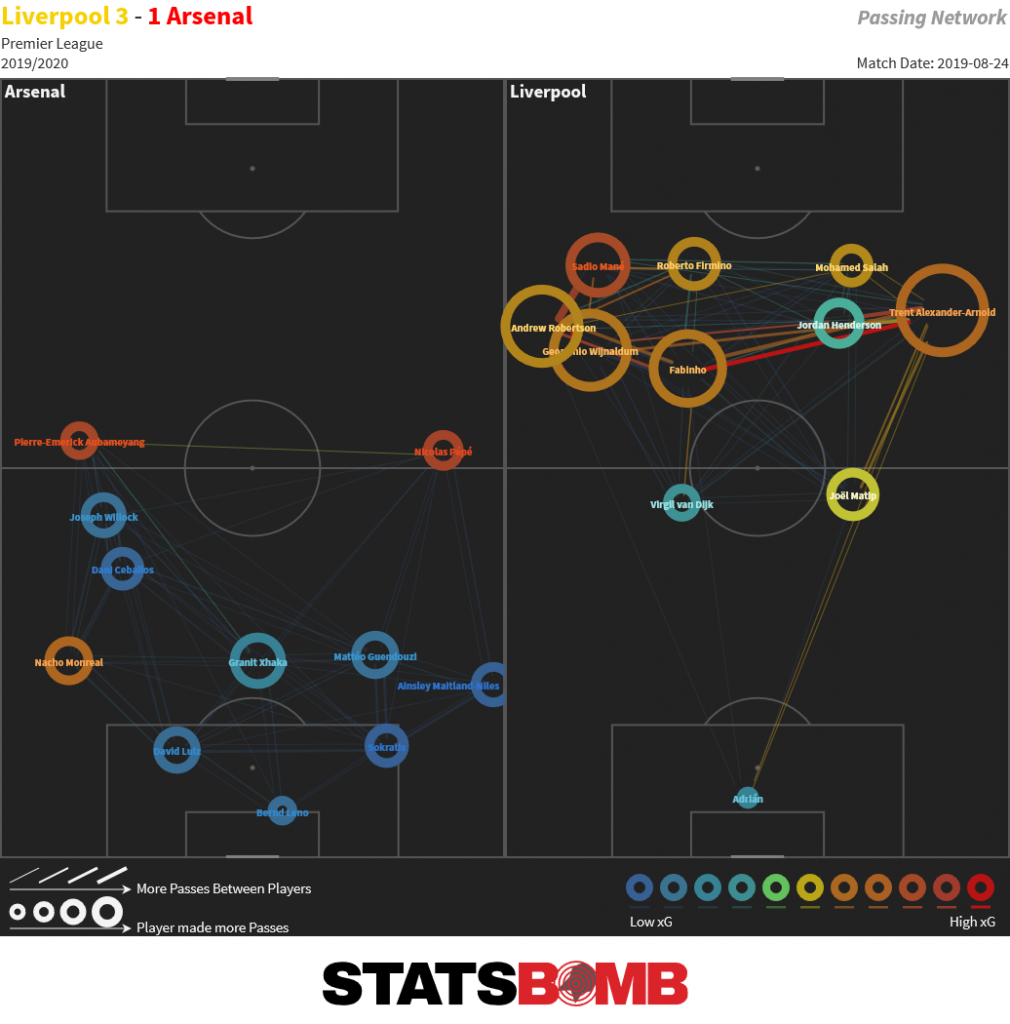 That's just the first half, but the whole of Liverpool against Arsenal very much looked the same. A remarkable congruence of tactics and the new goal kick rule that meant that Arsenal played really, really deep and essentially invited Liverpool to play ahead of their box, which in the main they did. Seriously, even Jose Mourinho back in late 2017 parking the bus at Anfield while shopping for a 0-0 and getting one looked very different, this Arsenal set-up was something else entirely:
That's just the first half, but the whole of Liverpool against Arsenal very much looked the same. A remarkable congruence of tactics and the new goal kick rule that meant that Arsenal played really, really deep and essentially invited Liverpool to play ahead of their box, which in the main they did. Seriously, even Jose Mourinho back in late 2017 parking the bus at Anfield while shopping for a 0-0 and getting one looked very different, this Arsenal set-up was something else entirely: 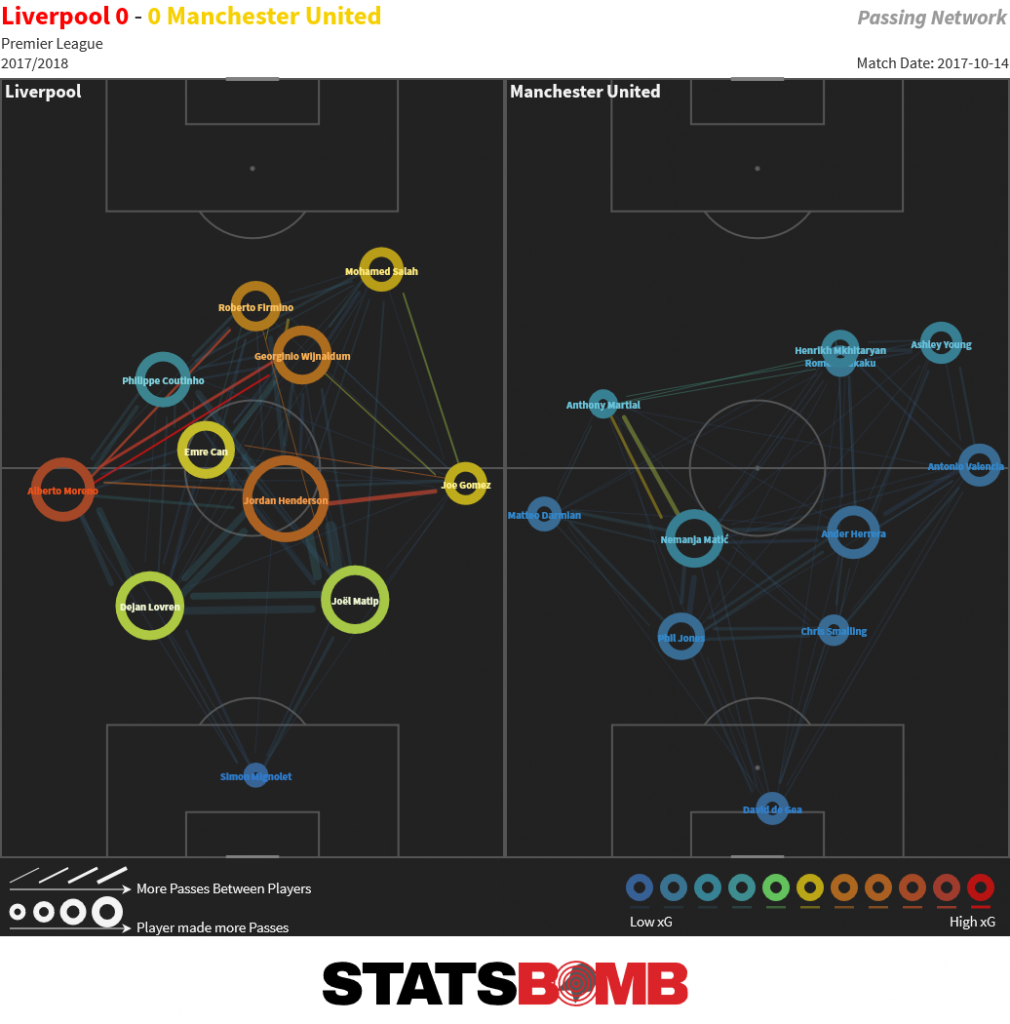 Was it fear? Last December, Liverpool hosted Arsenal and Unai Emery was chastened by a 5-1 drubbing that was 4-1 at the half with a pass network that looked like this:
Was it fear? Last December, Liverpool hosted Arsenal and Unai Emery was chastened by a 5-1 drubbing that was 4-1 at the half with a pass network that looked like this: 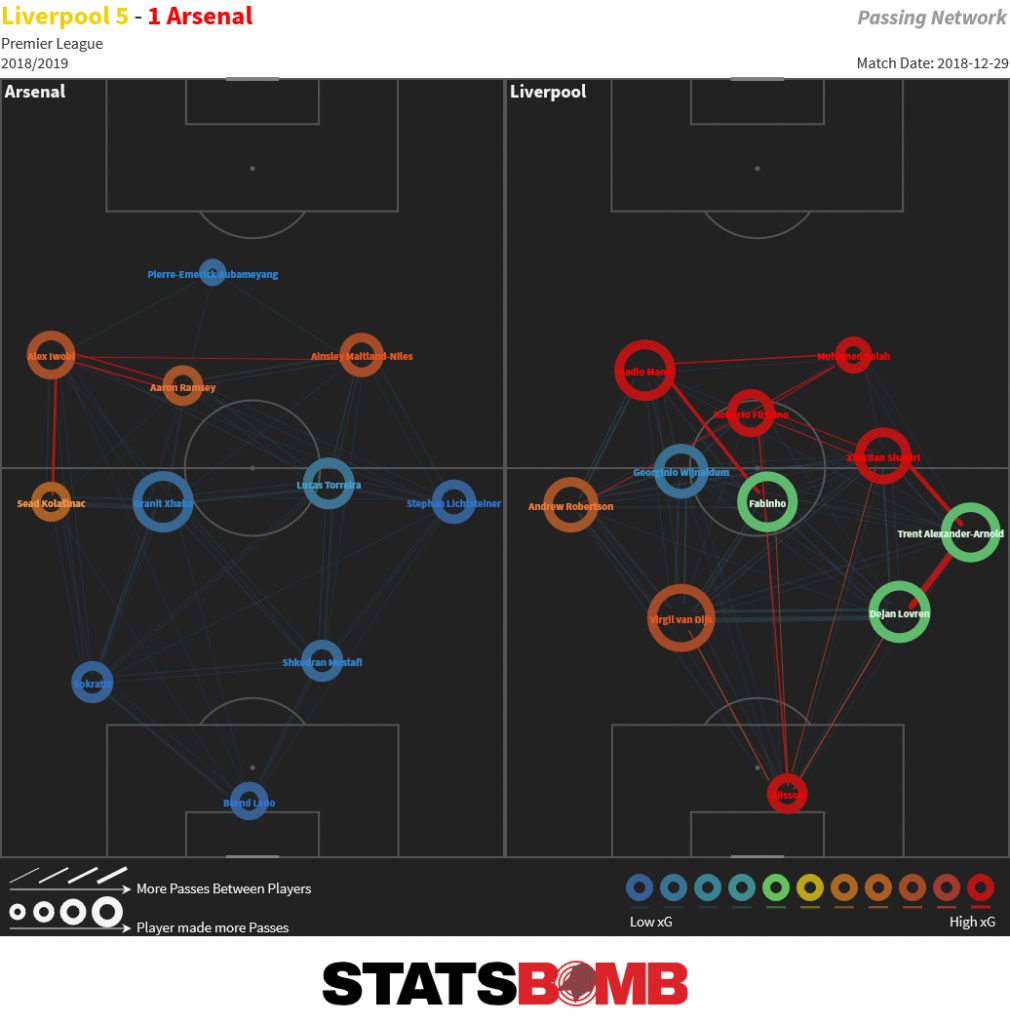 Just too open? Interestingly, only five players started both fixtures for Arsenal, which feels representative of the player flux that we've seen at the club. What really piqued my interest about last weekend's game was the half time shot count. Arsenal conceded 15 shots while taking five of their own in a half that as we've seen was played predominantly in one part of the pitch. Now the expected goal values of all these shots were closer together, Liverpool's 15 shots rated a mere 0.83 while Arsenal's measured at 0.6. So through one lens--expected goals, this was a close half. By other lenses, it wasn't. Many, many first halves of football finish with the two sides within a quarter of a goal in xG, just as in this game. Last season there were 122 in the Premier League alone. Of those 122 games, the maximum shot differential at the half was eight. So already here we have an outlier game: very close xG but not remotely close shot counts are scarce. How often did a team ship 15 shots in a first half last season? It's well known that shot rates tend to increase as matches progress, so even when you see a 30-plus shot beatdown, most of the time, the shots get racked up in the second half. And that's true here. Only four times in 2018-19 did a team reach the half time point having allowed 15 or more shots. Three of those matches were small teams flailing around against Manchester City and the other, oddly, was Newcastle versus Huddersfield. All this brings to the boil a personal frustration of mine. Expected goals is a useful tool in many aspects of analysis, but it's not the only one. What actually happened in this half of football over and above the modelled value of the chances? To allow 15 shots of any kind in a half is a clear sign that a defensive plan isn't working. Take Liverpool's left flank, expertly patrolled by Andrew Robertson and Sadio Mané with Georginio Wijnaldum shuttling across. It was very easy for these guys to progress, here are Robertson's first half ball carries and passes:
Just too open? Interestingly, only five players started both fixtures for Arsenal, which feels representative of the player flux that we've seen at the club. What really piqued my interest about last weekend's game was the half time shot count. Arsenal conceded 15 shots while taking five of their own in a half that as we've seen was played predominantly in one part of the pitch. Now the expected goal values of all these shots were closer together, Liverpool's 15 shots rated a mere 0.83 while Arsenal's measured at 0.6. So through one lens--expected goals, this was a close half. By other lenses, it wasn't. Many, many first halves of football finish with the two sides within a quarter of a goal in xG, just as in this game. Last season there were 122 in the Premier League alone. Of those 122 games, the maximum shot differential at the half was eight. So already here we have an outlier game: very close xG but not remotely close shot counts are scarce. How often did a team ship 15 shots in a first half last season? It's well known that shot rates tend to increase as matches progress, so even when you see a 30-plus shot beatdown, most of the time, the shots get racked up in the second half. And that's true here. Only four times in 2018-19 did a team reach the half time point having allowed 15 or more shots. Three of those matches were small teams flailing around against Manchester City and the other, oddly, was Newcastle versus Huddersfield. All this brings to the boil a personal frustration of mine. Expected goals is a useful tool in many aspects of analysis, but it's not the only one. What actually happened in this half of football over and above the modelled value of the chances? To allow 15 shots of any kind in a half is a clear sign that a defensive plan isn't working. Take Liverpool's left flank, expertly patrolled by Andrew Robertson and Sadio Mané with Georginio Wijnaldum shuttling across. It was very easy for these guys to progress, here are Robertson's first half ball carries and passes: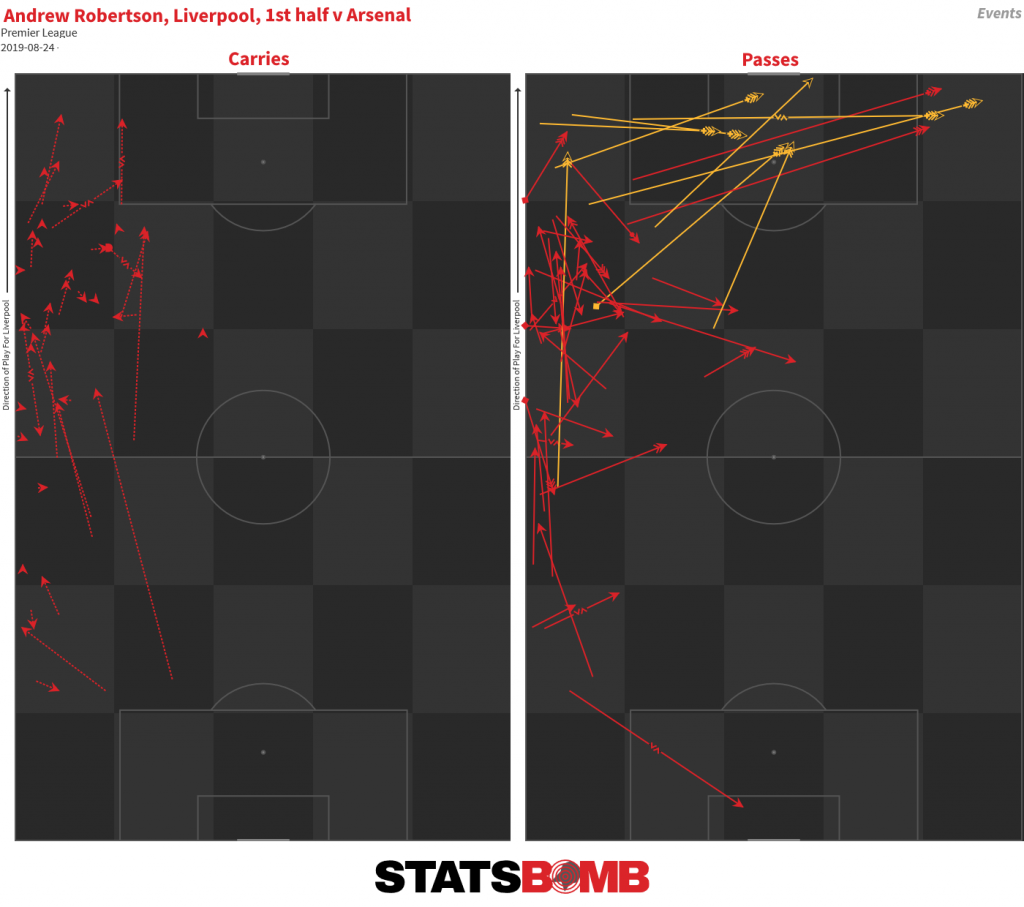
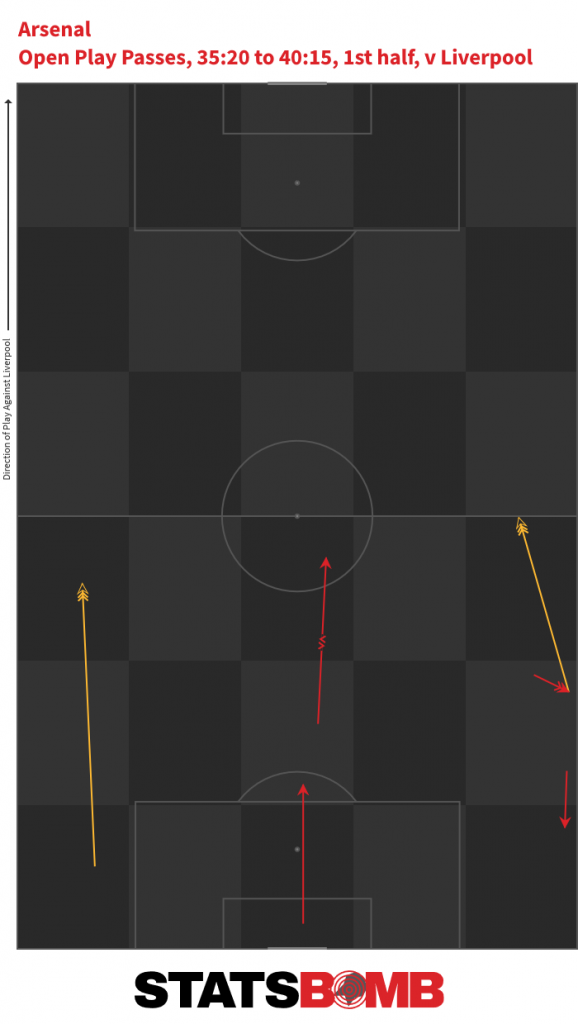
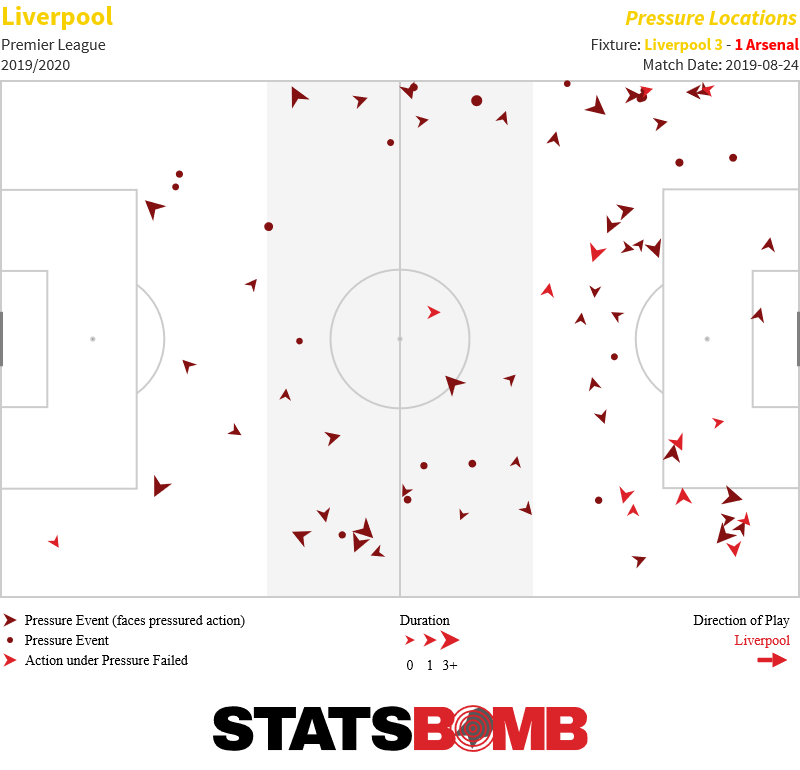 They let Liverpool push onto their full-backs and this made outlet balls difficult to complete. The point here is that the outcome of this half was inevitable when factored against the tactics Arsenal deployed. It's easy to grasp the Pépé chance and feel it was potentially decisive, but it's only a one in three opportunity, and he's not even in the box. A style of play that struggles to even gain possession outside its own half is fairly doomed to failure. We saw the same the week before during Manchester City versus Tottenham. Here's Tottenham's pass map for minutes 30 to 50:
They let Liverpool push onto their full-backs and this made outlet balls difficult to complete. The point here is that the outcome of this half was inevitable when factored against the tactics Arsenal deployed. It's easy to grasp the Pépé chance and feel it was potentially decisive, but it's only a one in three opportunity, and he's not even in the box. A style of play that struggles to even gain possession outside its own half is fairly doomed to failure. We saw the same the week before during Manchester City versus Tottenham. Here's Tottenham's pass map for minutes 30 to 50: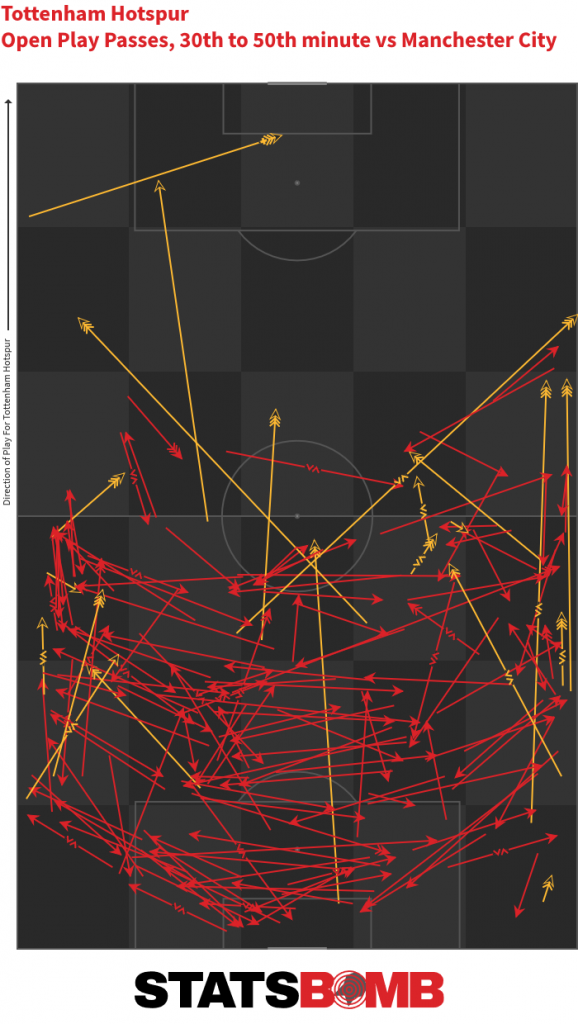
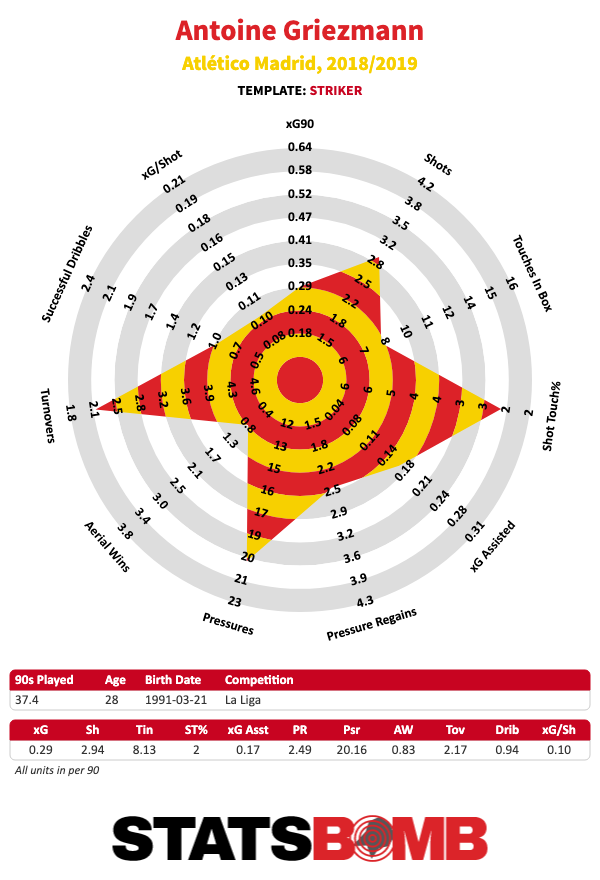
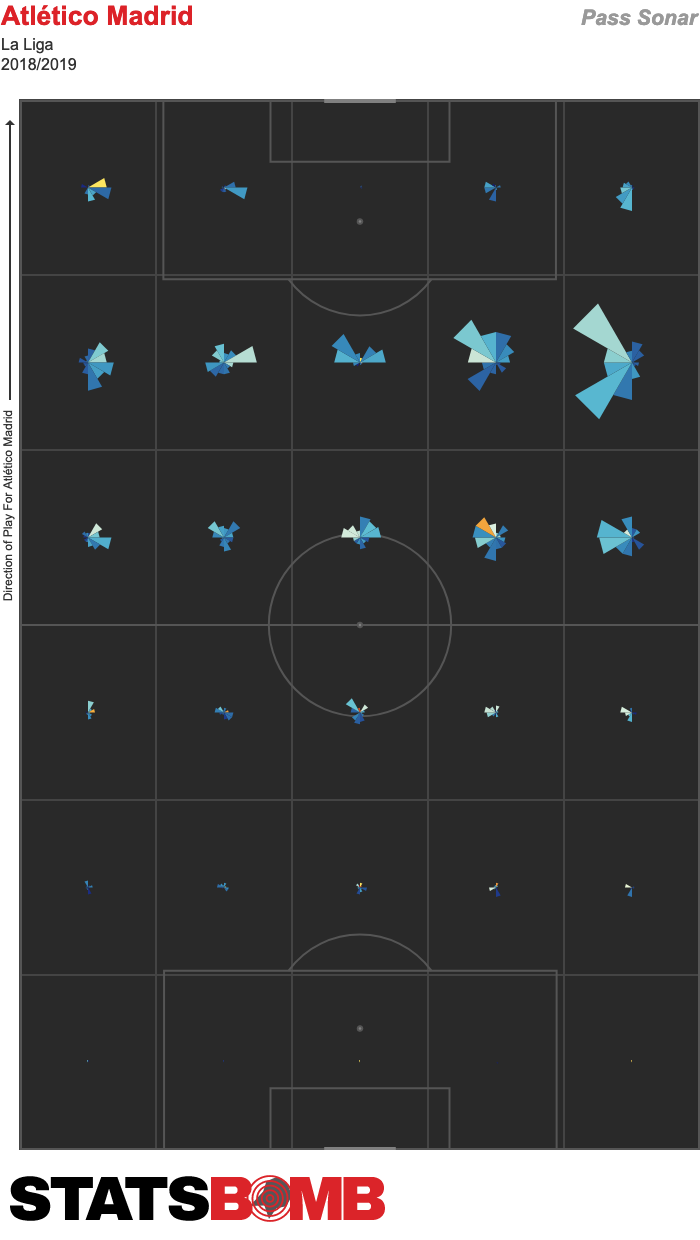

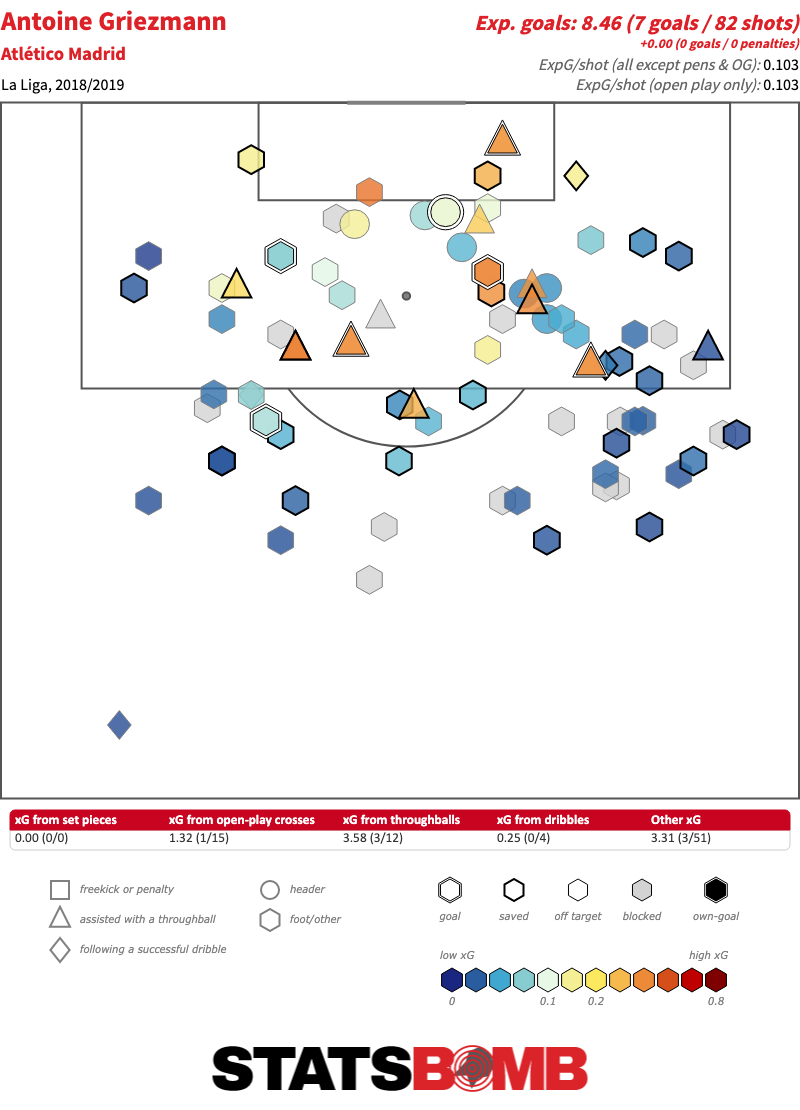
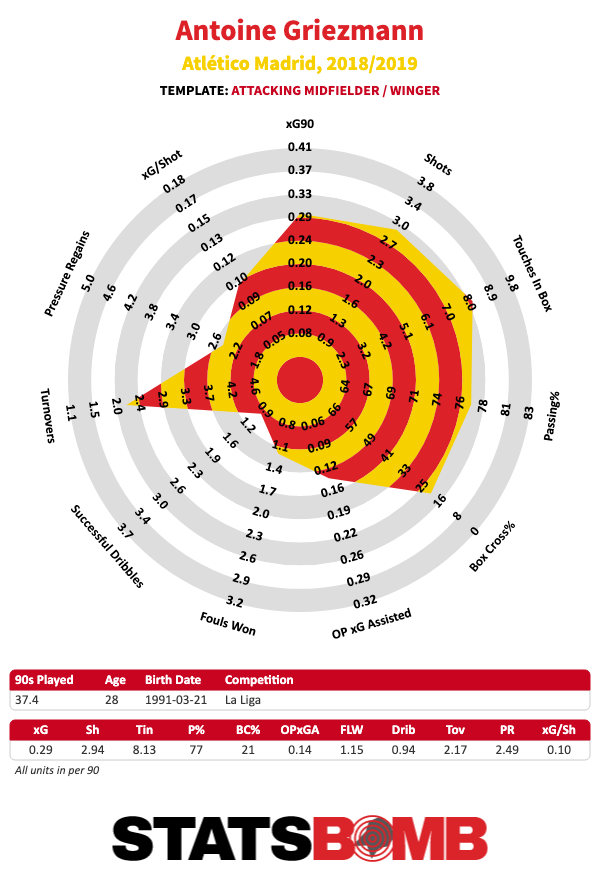
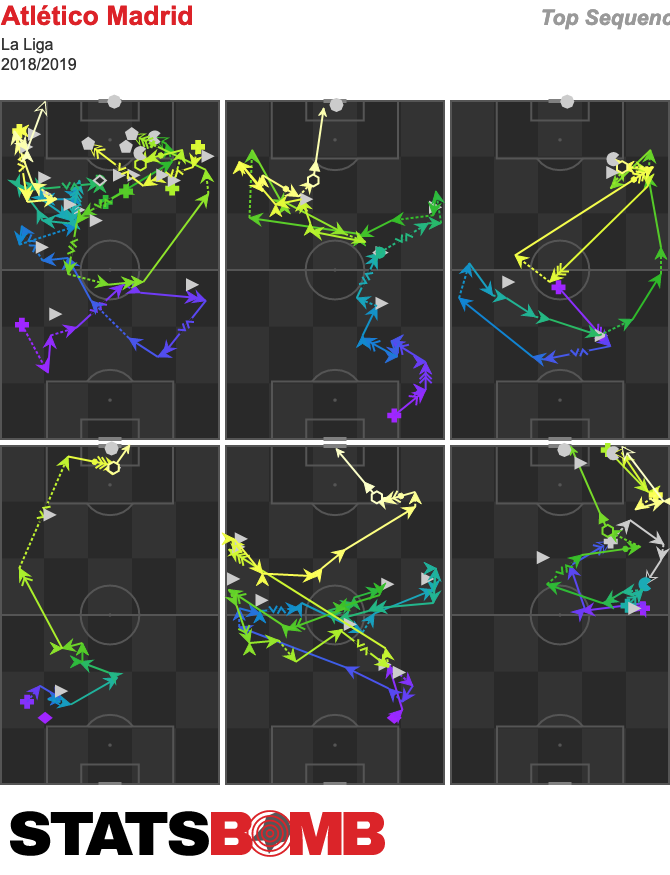
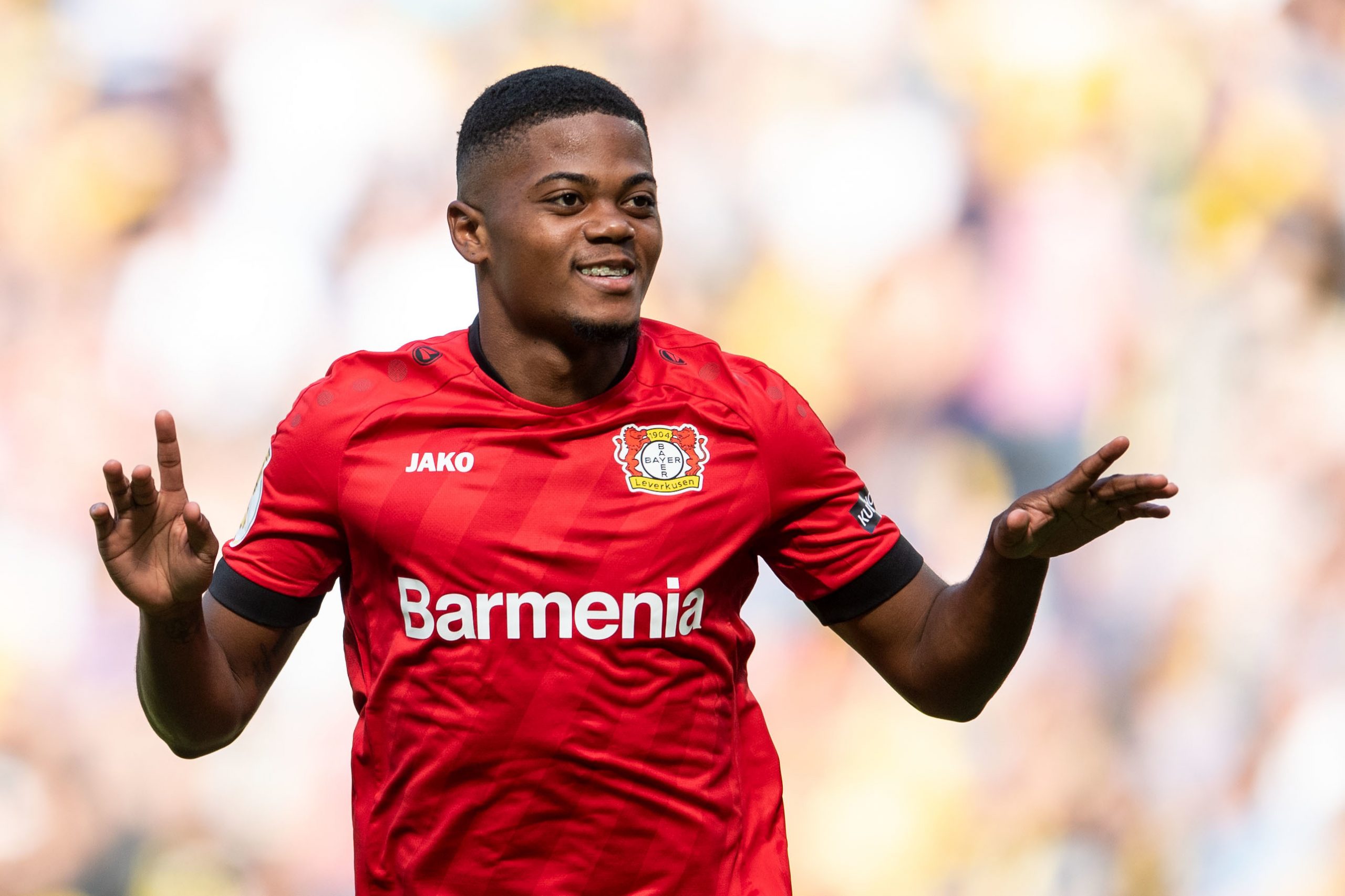
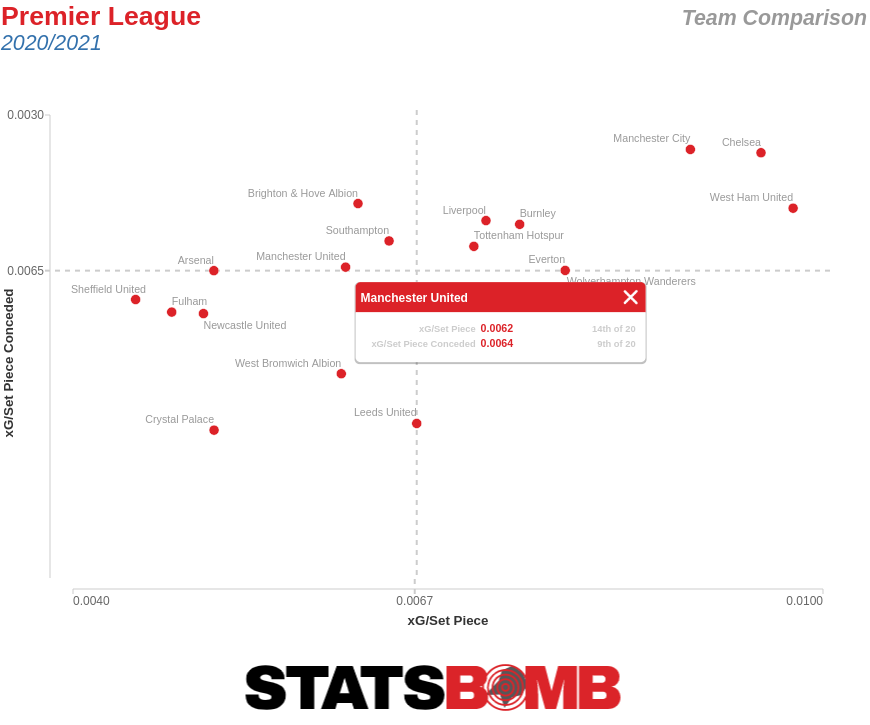 The fact that Leverkusen's attack was slightly better than their defense made sense given the high level of attacking talent in the fold, but in the grand scheme of things, that didn't matter because the end result was a mediocre side and that's not good enough for a club that's been a relative mainstay in the Champions League over the past seven seasons. The switch to Bosz mid-season saw Leverkusen's performance shoot up substantially. They controlled just over 57% of shot attempts, a solid share of shots and something you would come to expect from a CL level side. Expected goals tells an even stronger story, with Leverkusen having an expected goal difference per game of 0.99 that only Bayern Munich bested during the second half of the season.
The fact that Leverkusen's attack was slightly better than their defense made sense given the high level of attacking talent in the fold, but in the grand scheme of things, that didn't matter because the end result was a mediocre side and that's not good enough for a club that's been a relative mainstay in the Champions League over the past seven seasons. The switch to Bosz mid-season saw Leverkusen's performance shoot up substantially. They controlled just over 57% of shot attempts, a solid share of shots and something you would come to expect from a CL level side. Expected goals tells an even stronger story, with Leverkusen having an expected goal difference per game of 0.99 that only Bayern Munich bested during the second half of the season. 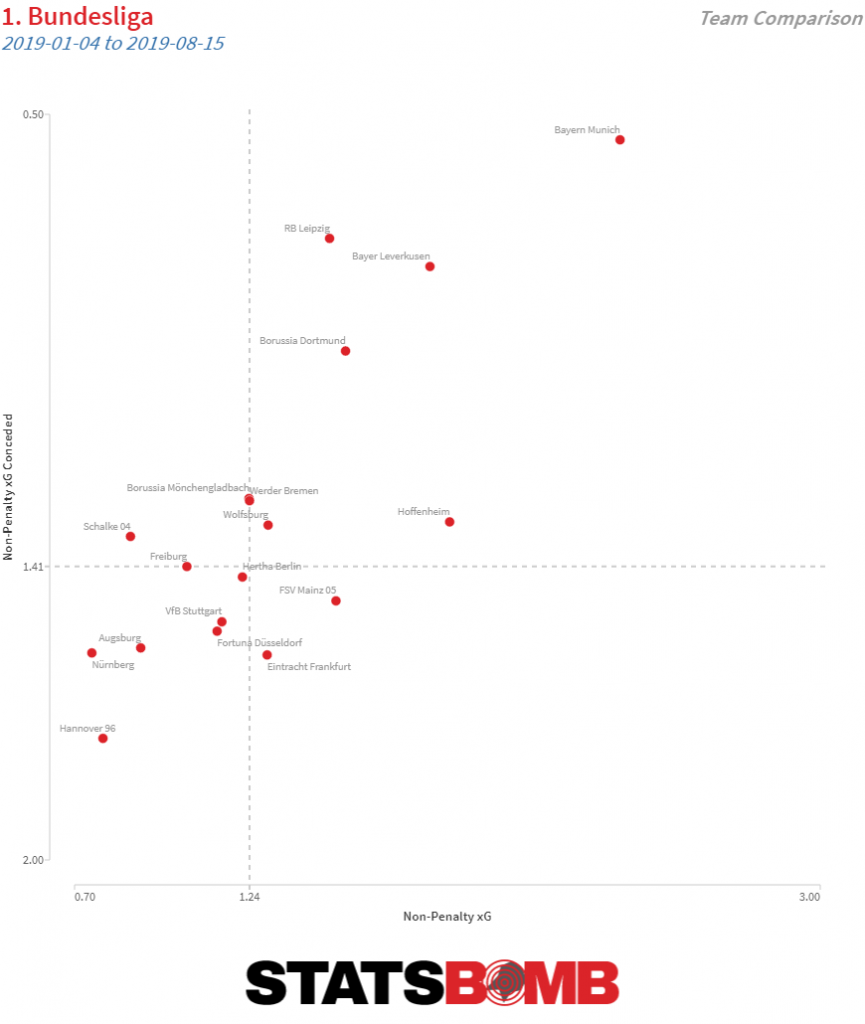 Another major difference between Herrlich and Bosz was the level of aggressiveness in winning the ball back. During the first half of the season, Leverkusen under Herrlich were one of the more passive teams in the Bundesliga both in how high up they won the ball and unremarkable in how many passes they allowed the opponent to have before committing a defensive action. While it wasn't surprising to see that change under Bosz given how Ajax and Dortmund played under his watch, it still remains striking to see how much more aggressive Leverkusen became in hunting the ball back and not giving the opposition time to build from the back.
Another major difference between Herrlich and Bosz was the level of aggressiveness in winning the ball back. During the first half of the season, Leverkusen under Herrlich were one of the more passive teams in the Bundesliga both in how high up they won the ball and unremarkable in how many passes they allowed the opponent to have before committing a defensive action. While it wasn't surprising to see that change under Bosz given how Ajax and Dortmund played under his watch, it still remains striking to see how much more aggressive Leverkusen became in hunting the ball back and not giving the opposition time to build from the back. 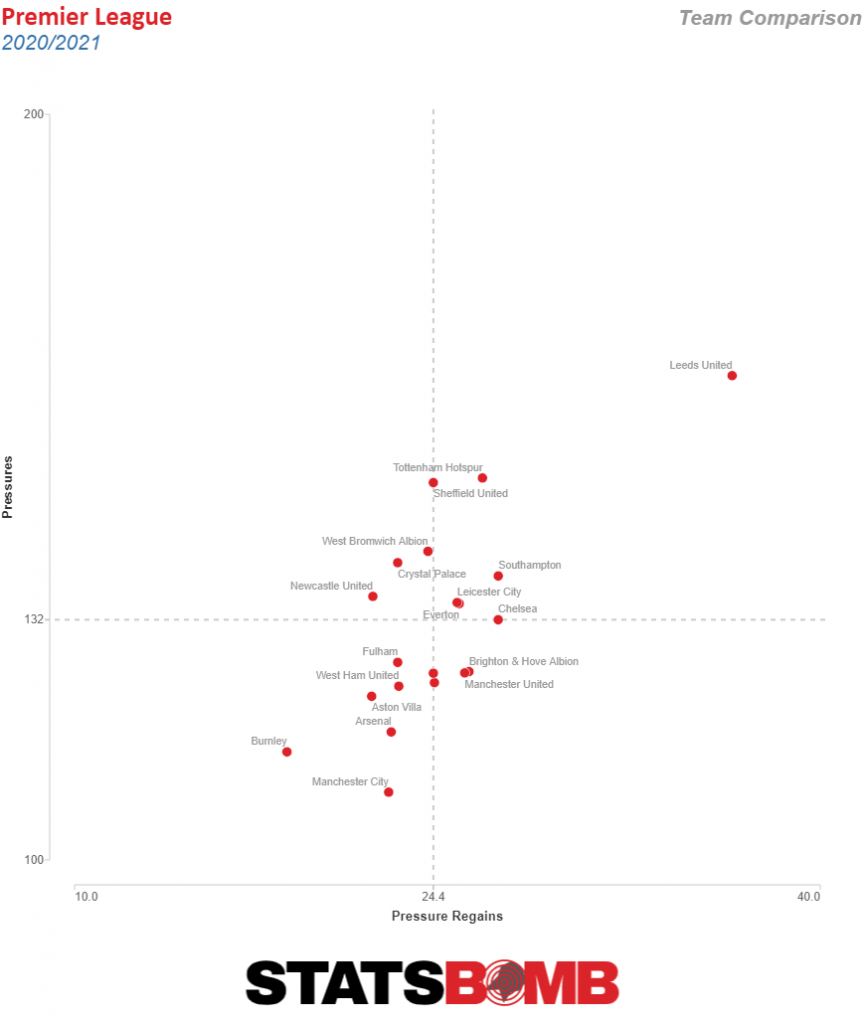
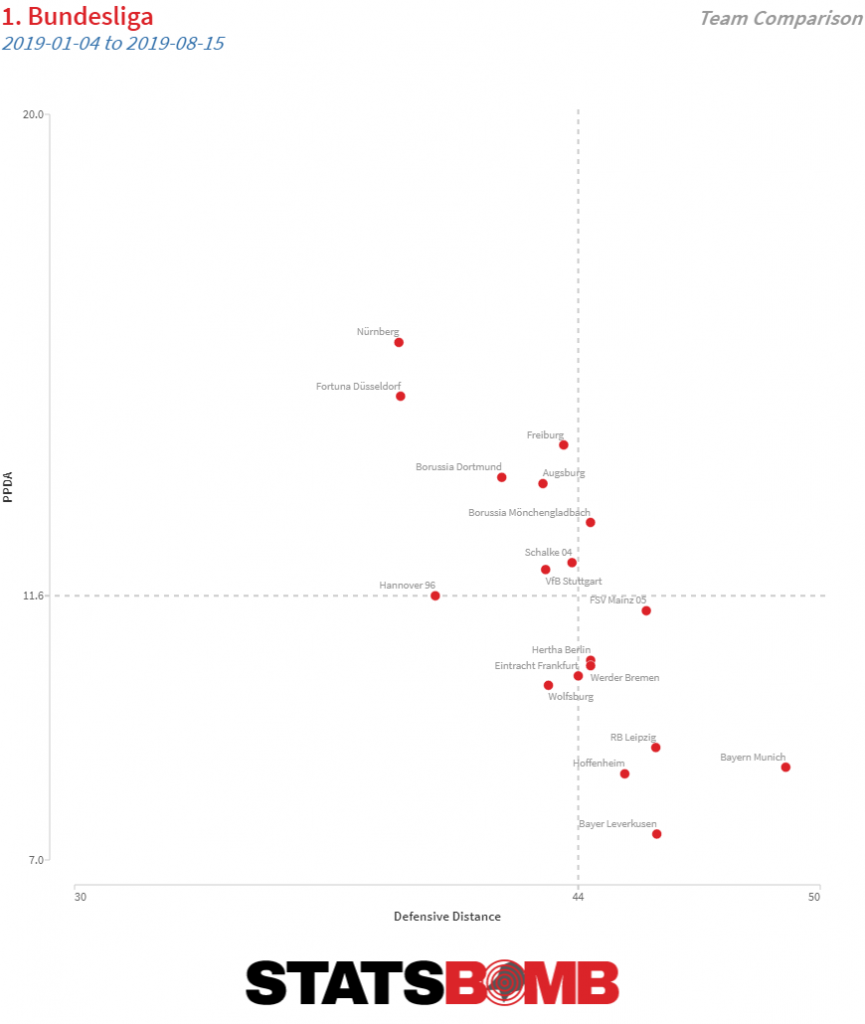 Put it all together, and what you have here is the type of uptick in performance in-season that is quite rare to see. It's not out of the ordinary to see a team start slow through the first half of the season and have better metrics as the season goes along, but it’s something entirely different to jump from having the true talent level of a mid-table outfit to becoming a top two or three side. Of course seeing that it's the Bundesliga, you're still dealing with the juggernaut known as Bayern Munich who were ridiculously dominant even during a down year, but it shouldn't go unnoticed just how impressive Bayer Leverkusen were in 2019.
Put it all together, and what you have here is the type of uptick in performance in-season that is quite rare to see. It's not out of the ordinary to see a team start slow through the first half of the season and have better metrics as the season goes along, but it’s something entirely different to jump from having the true talent level of a mid-table outfit to becoming a top two or three side. Of course seeing that it's the Bundesliga, you're still dealing with the juggernaut known as Bayern Munich who were ridiculously dominant even during a down year, but it shouldn't go unnoticed just how impressive Bayer Leverkusen were in 2019. 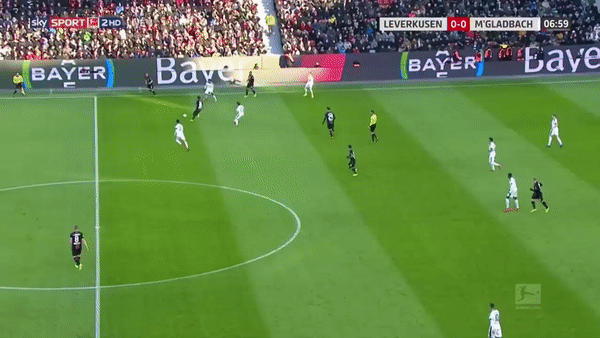
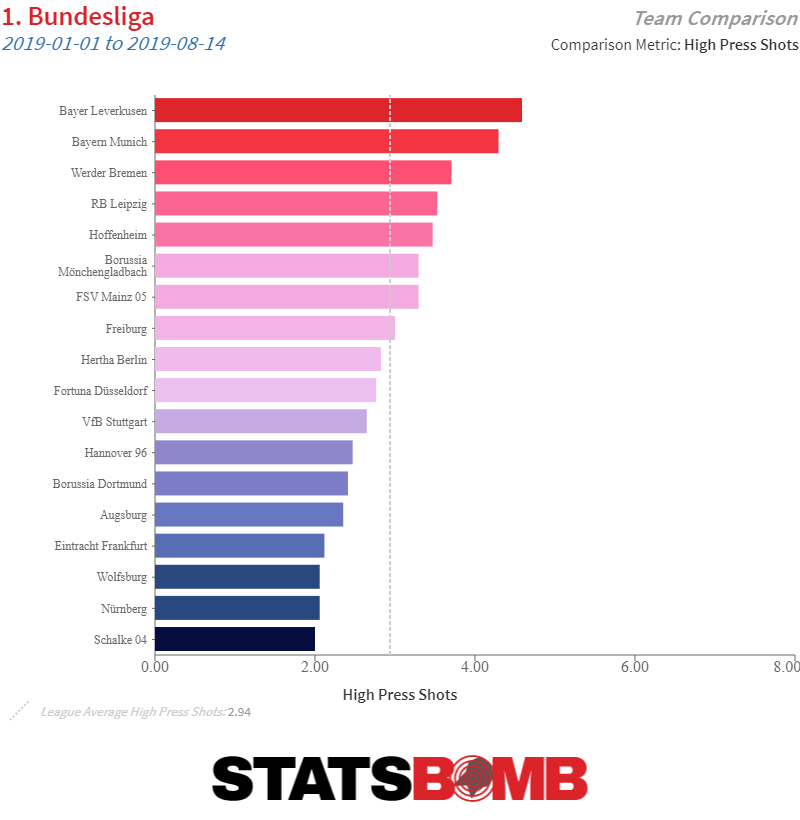
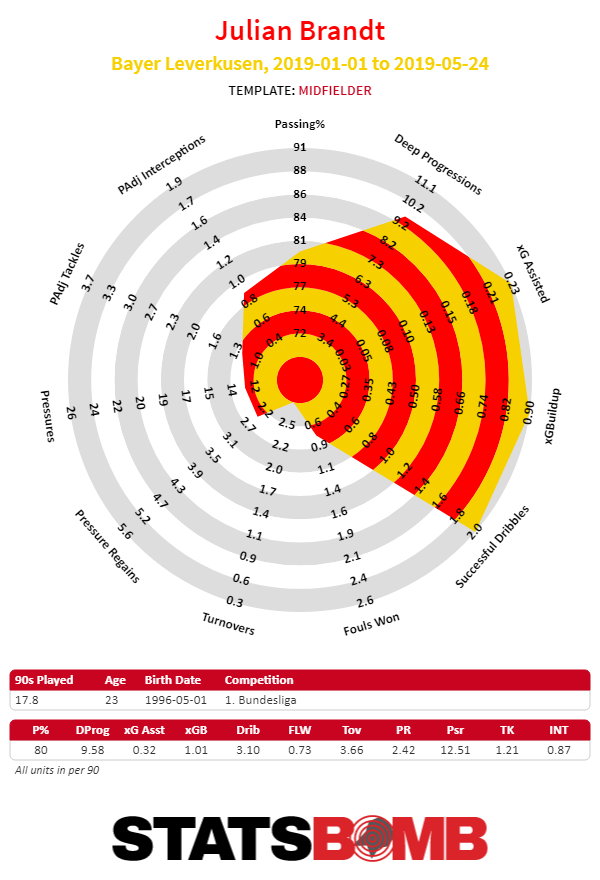 Bosz's appointment also did wonders for Leon Bailey, who was much better in 2019 vs 2018. I've long been a
Bosz's appointment also did wonders for Leon Bailey, who was much better in 2019 vs 2018. I've long been a 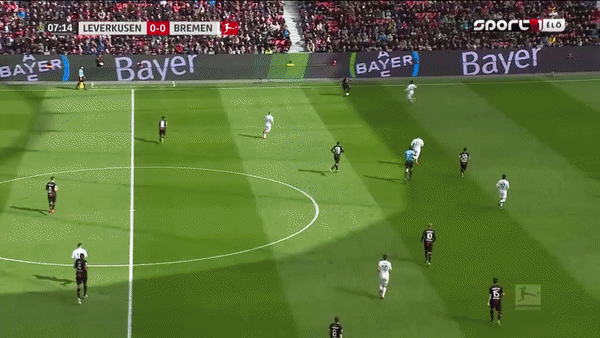
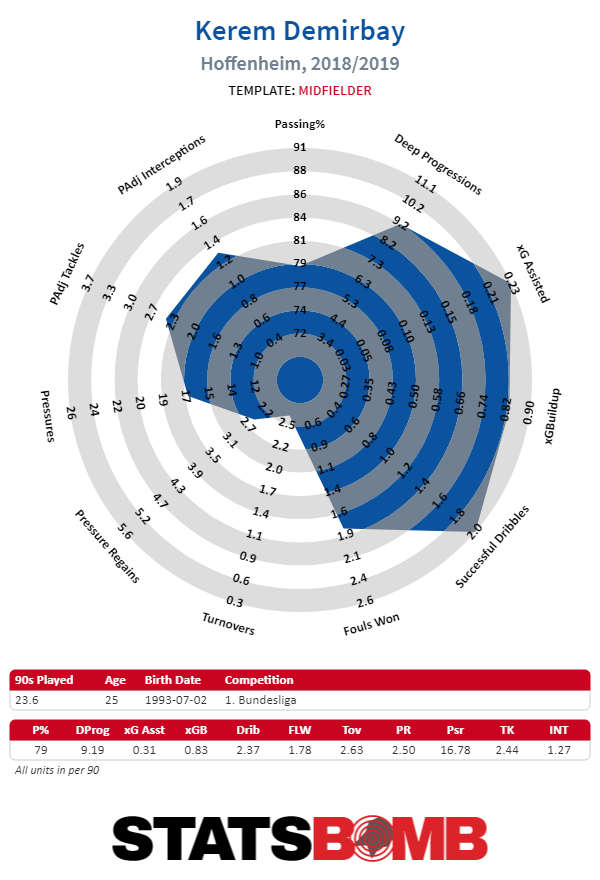
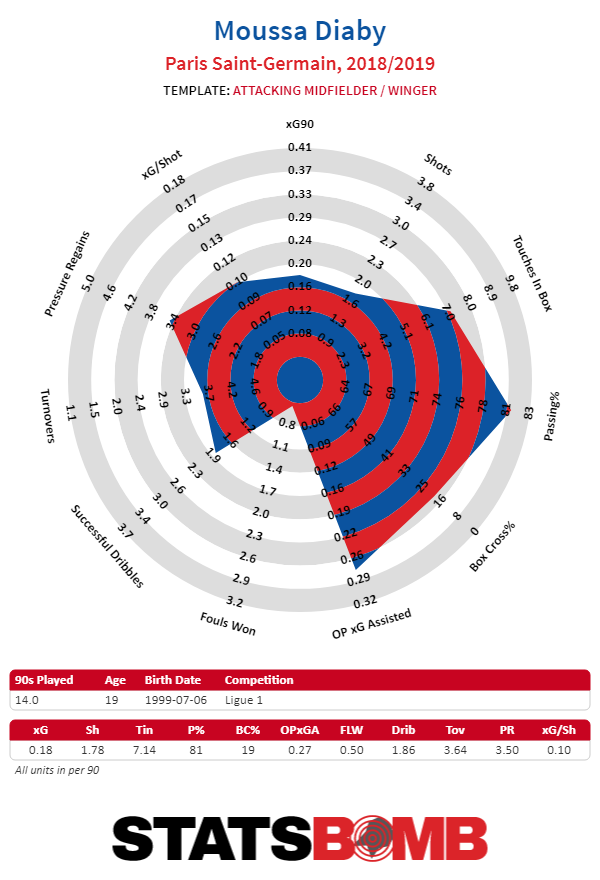
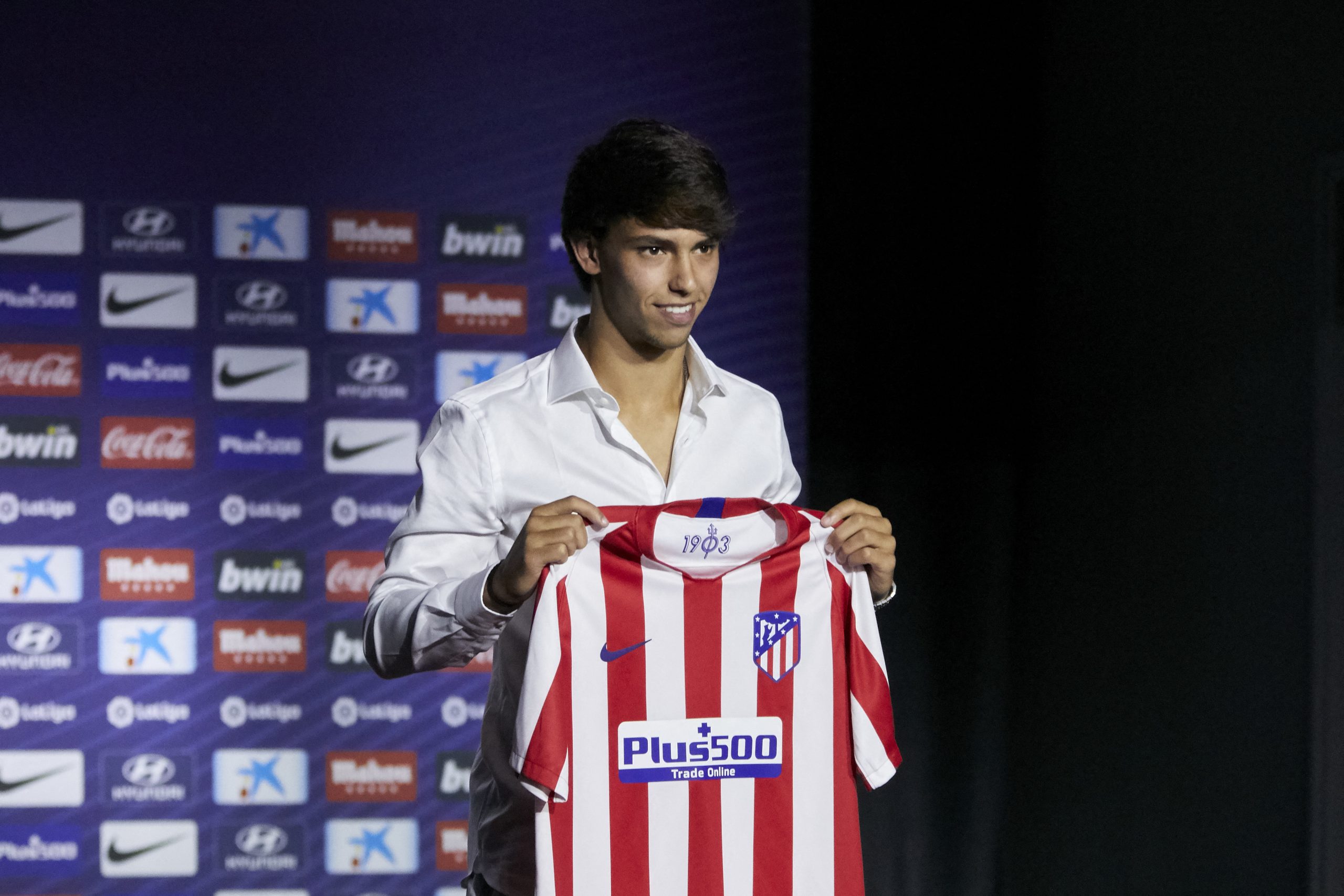
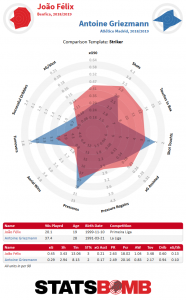 Felix is not a Griezmann carbon copy, but has tremendous upside as a 19-year-old who thrives behind the main striker, is comfortable creating from deep, composed in tight spaces, and is a quick incisive passer and cool finisher -- all traits Simeone needed Griezmann for. A lot will be asked of the teenager by Simeone, and it will be interesting to see how his physical profile endures an entire season of defensive work. The Portuguese is not an athletic freak -- he often is taken out of the game in the second half due to his low stamina. Defensively, we’ve yet to see him in a low block like Atleti’s. But, in a vacuum, Felix is an interesting replacement for Griezmann, and despite Atleti spending £113m on him, they will be well on course to have a £100m+ net positive for the summer once they sell Griezmann officially. Atleti needed to move the needle somehow during this rebuild, and not many other stars would’ve been at their disposal with Felix’s specific skill-set. This Atleti team has come too far and come too close to fall into irrelevancy again. With Simeone -- the man who defines this era -- still around, they will always try to be competing at an elite level. It won't be easy, particularly with the squad still needing work. Atletico fans can at least be optimistic about one thing: Simeone tends to have his team at an elite defensive level regardless of who plays. Last season, it was a guessing game as to who would be available at the back. Lucas Hernandez missed 26 games due to injury; Jose Gimenez missed 19; Stefan Savic missed 18; Filipe Luis missed 13; Diego Godin missed 10; and Juanfran missed 9. Simeone’s defense was a mish-mash of whoever was humanly able to walk, and rarely did he have his preferred quartet. Still, Atleti had the best defensive record in La Liga, and lowest expected goals against of any team in Spain. When all else fails, Jan Oblak goes into alien mode and masks defensive cracks. This solidity will give the rest of the team a base to work from. How all of the new signings will integrate into the reinvention of Atletico will be fascinating. Marcos Llorente, like his predecessor Rodri, plays his best as a single anchor where he can read passing lanes and start counters. But Simeone never gave Rodri the gift of playing that role, and rarely deviated from his 4-4-2 where he unapologetically arranged a midfield of four central midfielders. He also never gave Rodri, a deft passer, a possession-based scheme that took advantage of his vertical artistry. Still, Rodri’s numbers across the board were impressive, and it will be exciting to see what he can accomplish under Pep, in a blueprint where players zip around without the ball and provide outlets for long-range passes. City will make life easy for him.
Felix is not a Griezmann carbon copy, but has tremendous upside as a 19-year-old who thrives behind the main striker, is comfortable creating from deep, composed in tight spaces, and is a quick incisive passer and cool finisher -- all traits Simeone needed Griezmann for. A lot will be asked of the teenager by Simeone, and it will be interesting to see how his physical profile endures an entire season of defensive work. The Portuguese is not an athletic freak -- he often is taken out of the game in the second half due to his low stamina. Defensively, we’ve yet to see him in a low block like Atleti’s. But, in a vacuum, Felix is an interesting replacement for Griezmann, and despite Atleti spending £113m on him, they will be well on course to have a £100m+ net positive for the summer once they sell Griezmann officially. Atleti needed to move the needle somehow during this rebuild, and not many other stars would’ve been at their disposal with Felix’s specific skill-set. This Atleti team has come too far and come too close to fall into irrelevancy again. With Simeone -- the man who defines this era -- still around, they will always try to be competing at an elite level. It won't be easy, particularly with the squad still needing work. Atletico fans can at least be optimistic about one thing: Simeone tends to have his team at an elite defensive level regardless of who plays. Last season, it was a guessing game as to who would be available at the back. Lucas Hernandez missed 26 games due to injury; Jose Gimenez missed 19; Stefan Savic missed 18; Filipe Luis missed 13; Diego Godin missed 10; and Juanfran missed 9. Simeone’s defense was a mish-mash of whoever was humanly able to walk, and rarely did he have his preferred quartet. Still, Atleti had the best defensive record in La Liga, and lowest expected goals against of any team in Spain. When all else fails, Jan Oblak goes into alien mode and masks defensive cracks. This solidity will give the rest of the team a base to work from. How all of the new signings will integrate into the reinvention of Atletico will be fascinating. Marcos Llorente, like his predecessor Rodri, plays his best as a single anchor where he can read passing lanes and start counters. But Simeone never gave Rodri the gift of playing that role, and rarely deviated from his 4-4-2 where he unapologetically arranged a midfield of four central midfielders. He also never gave Rodri, a deft passer, a possession-based scheme that took advantage of his vertical artistry. Still, Rodri’s numbers across the board were impressive, and it will be exciting to see what he can accomplish under Pep, in a blueprint where players zip around without the ball and provide outlets for long-range passes. City will make life easy for him. 